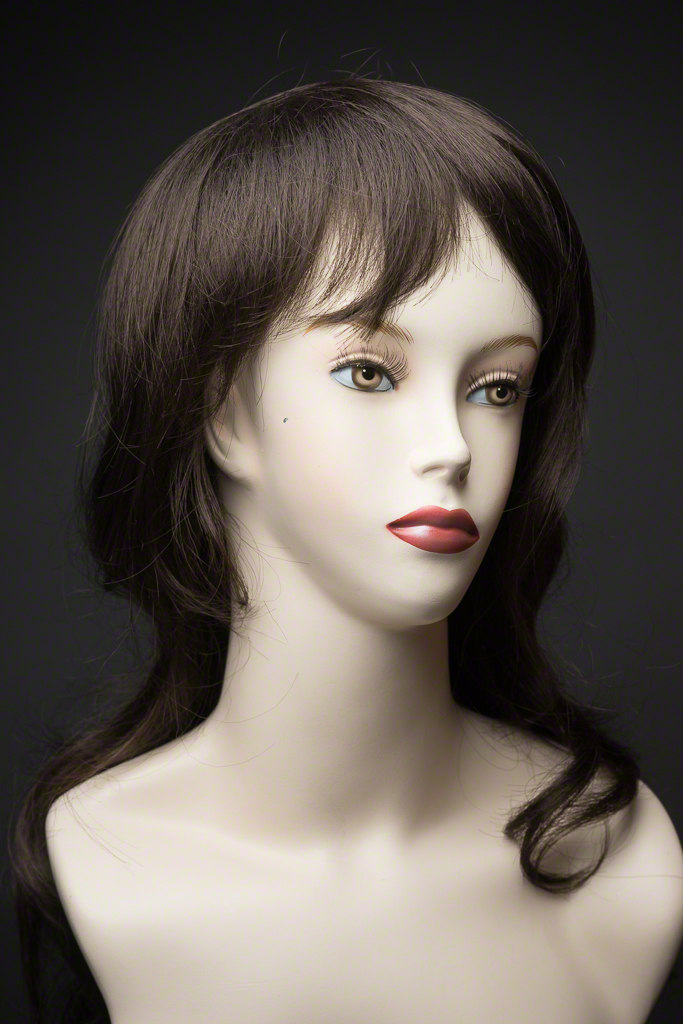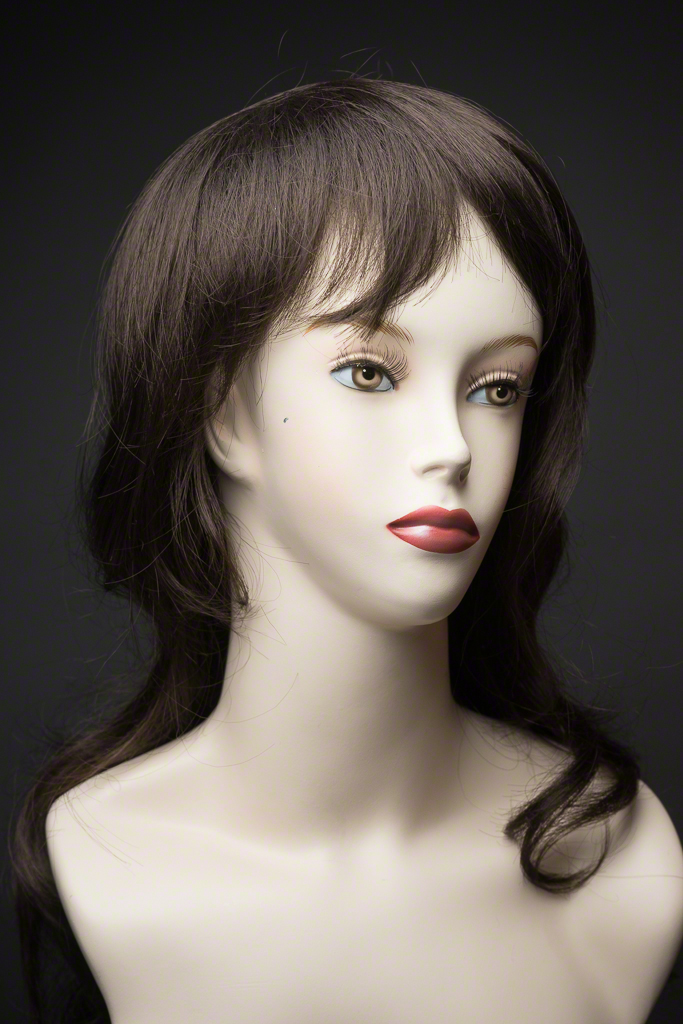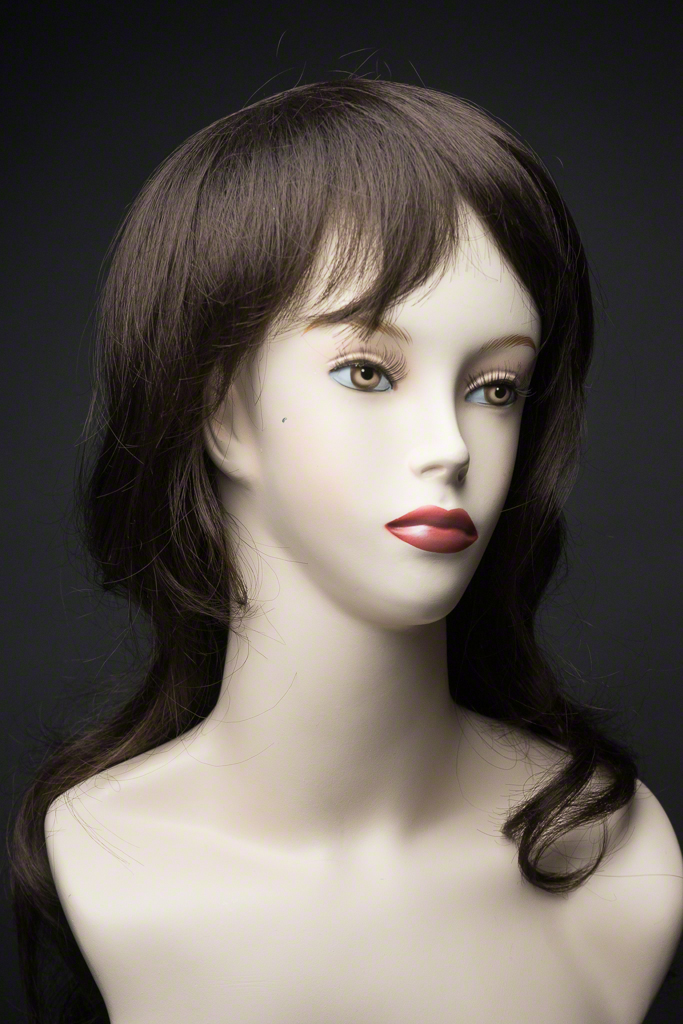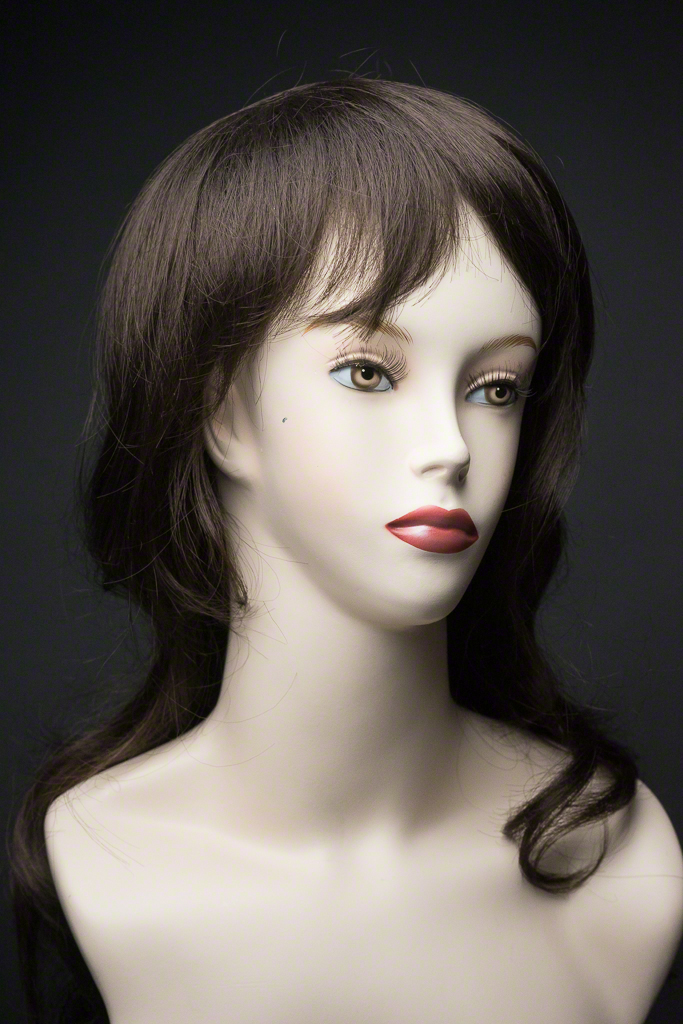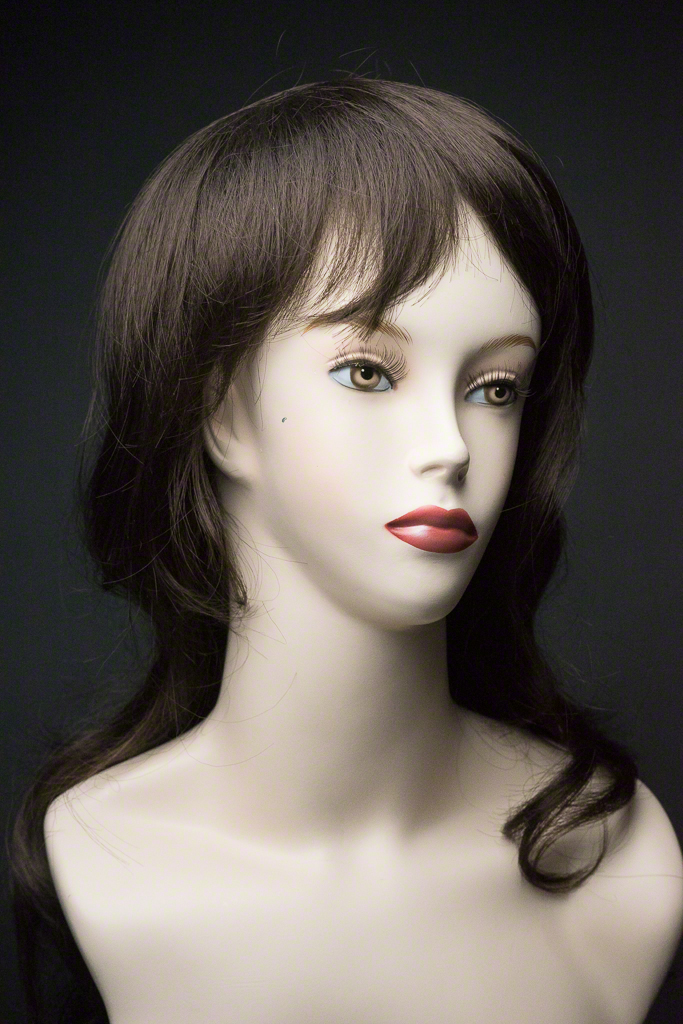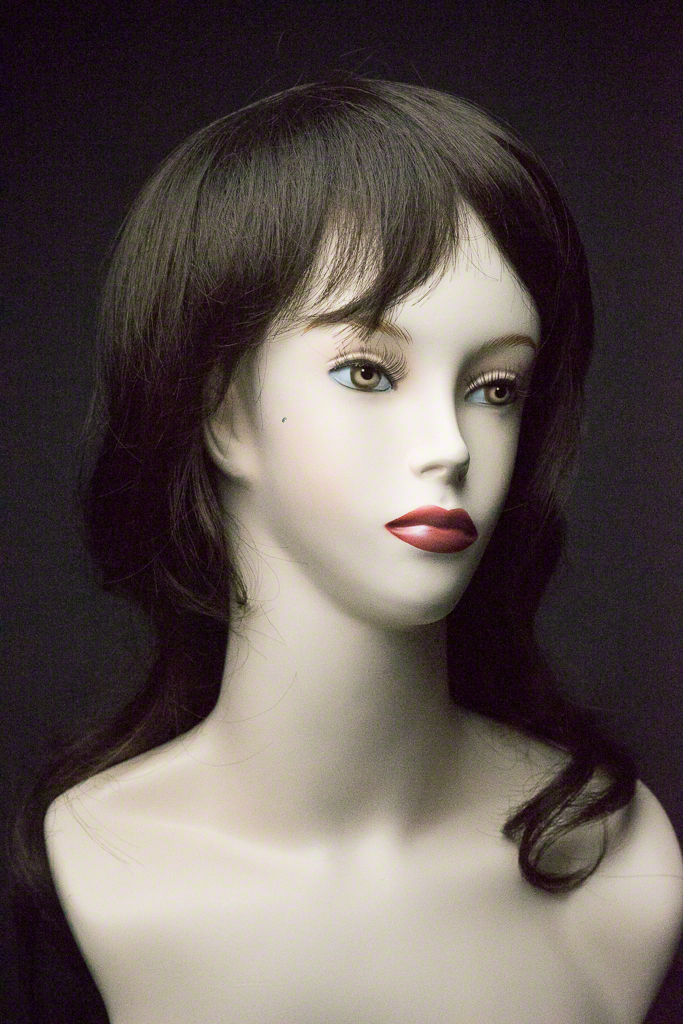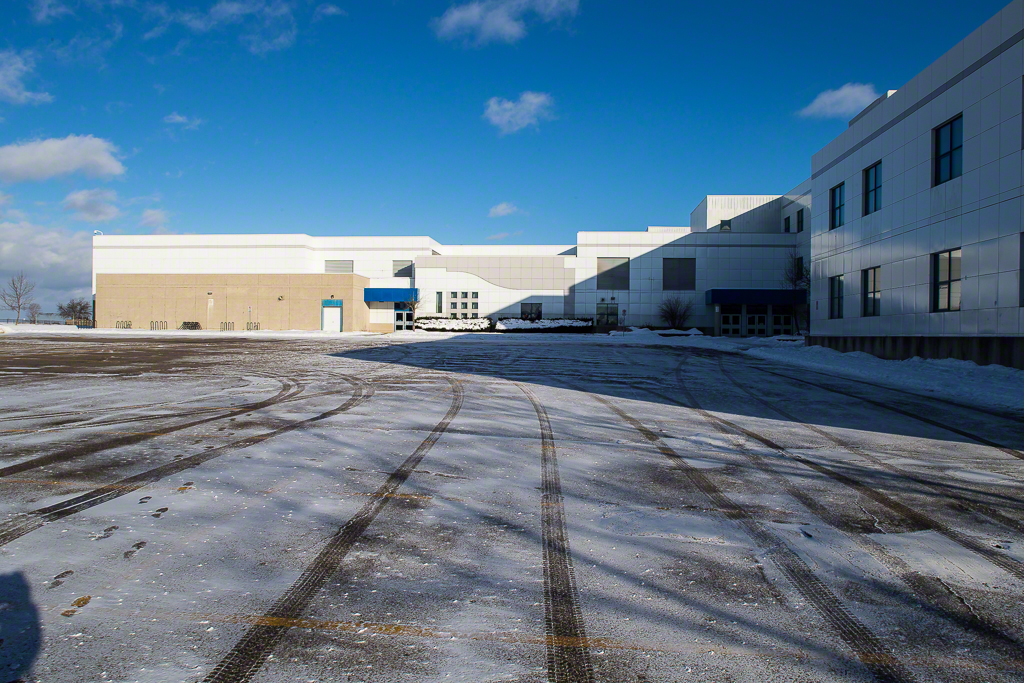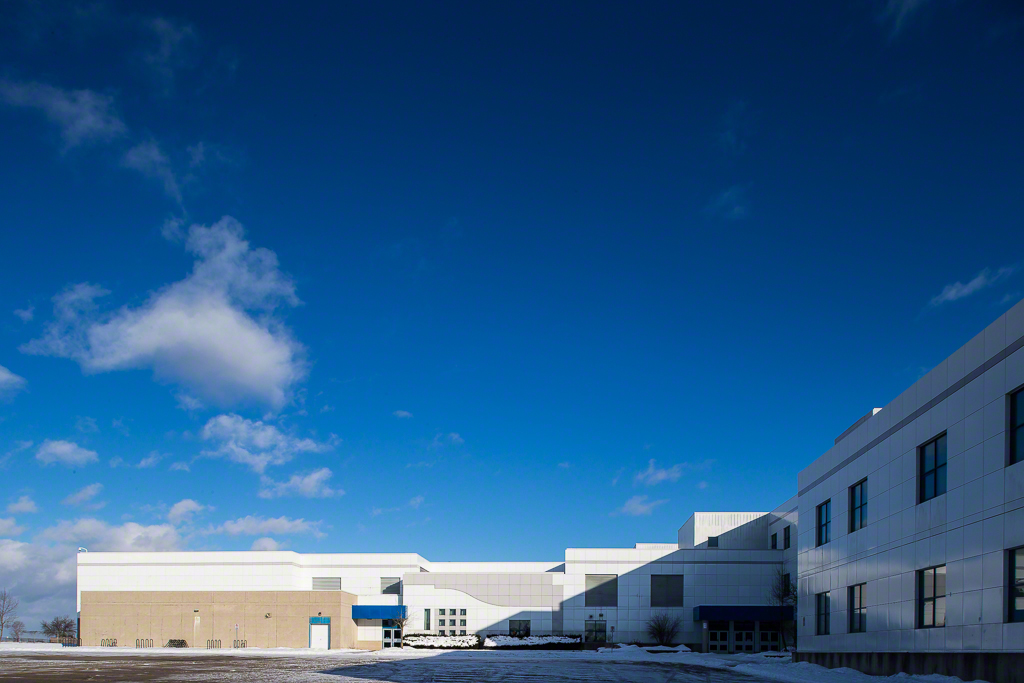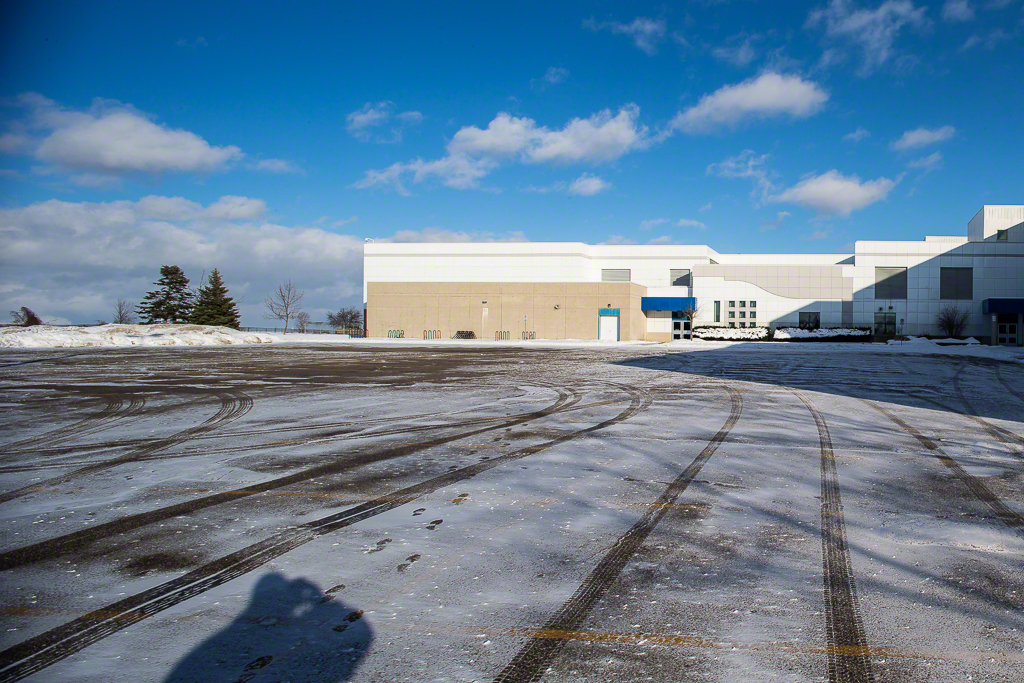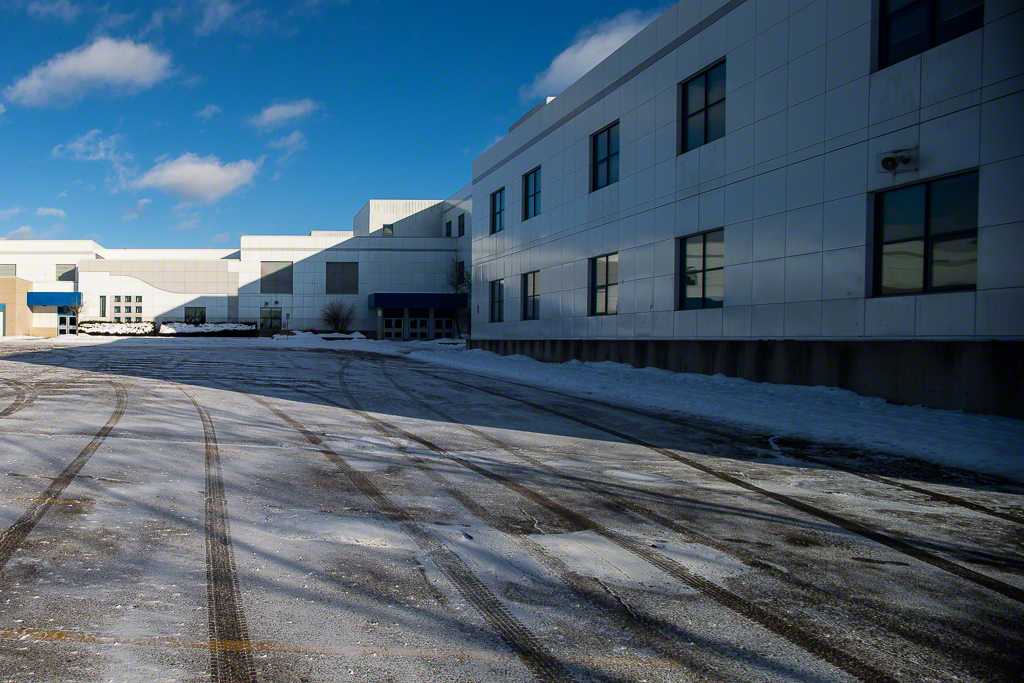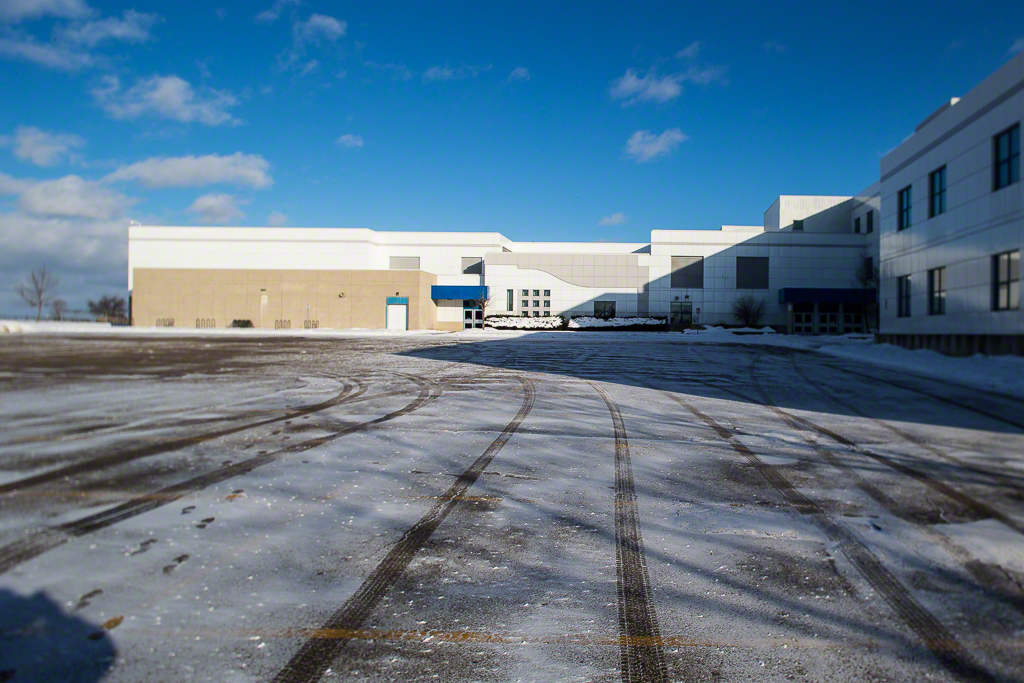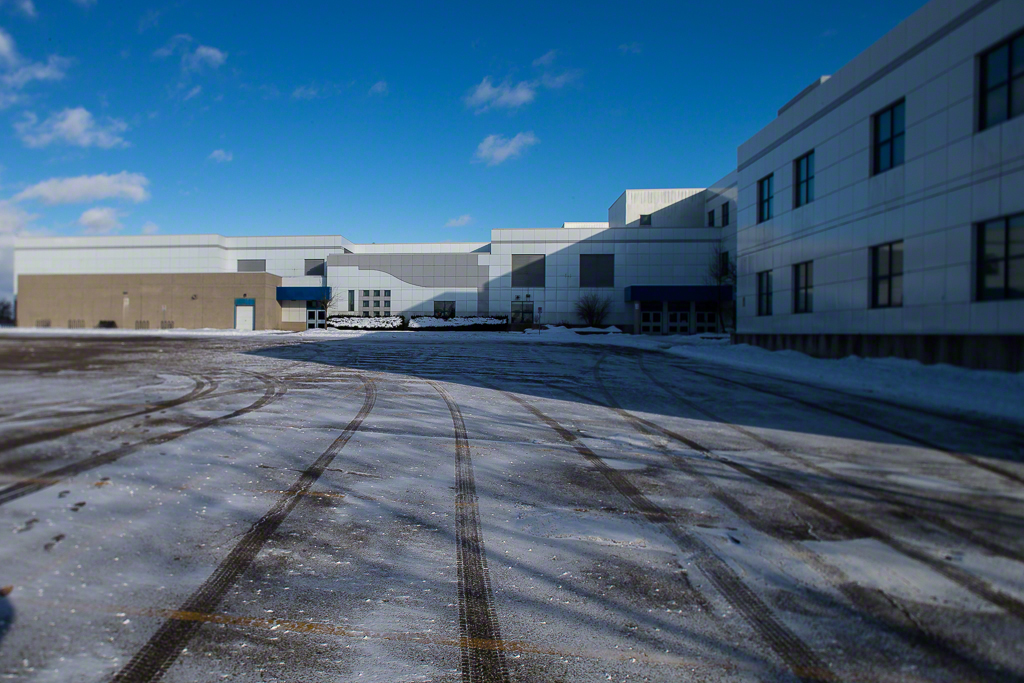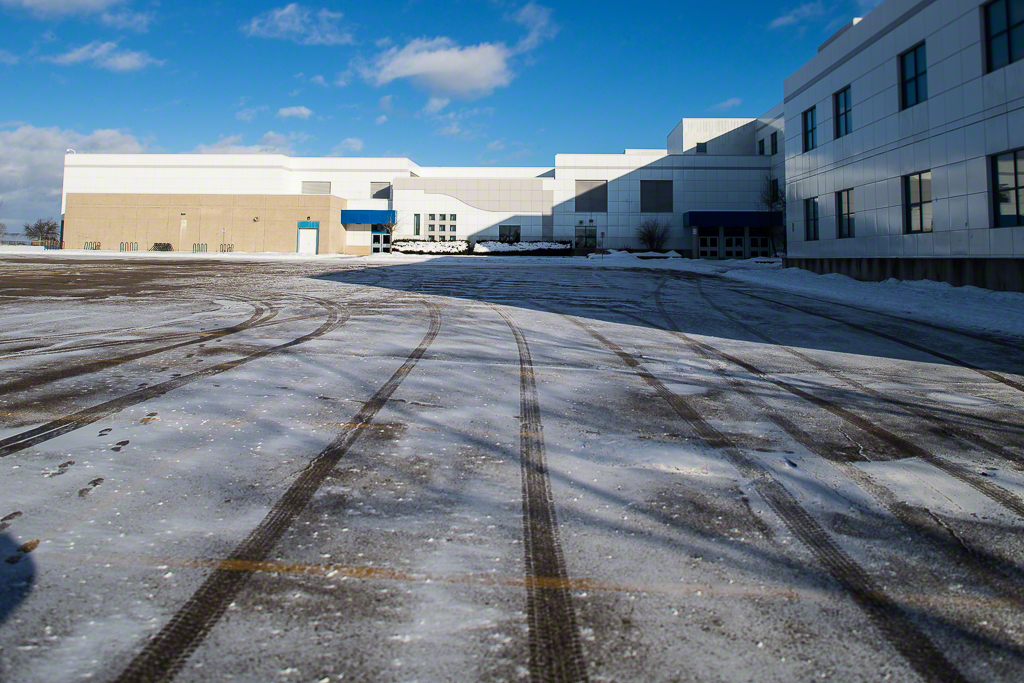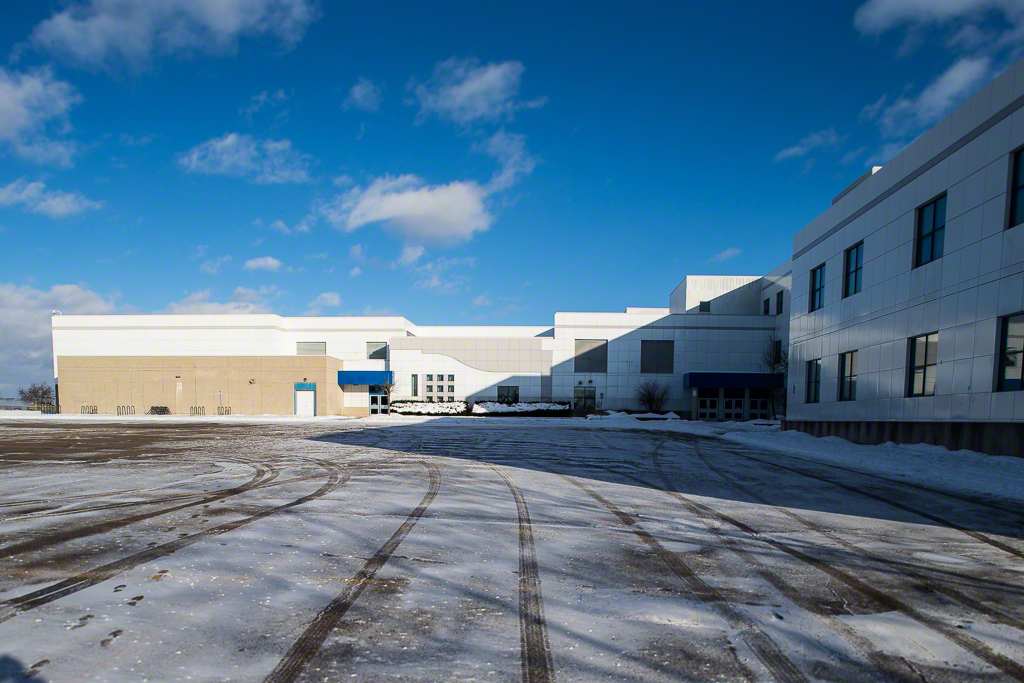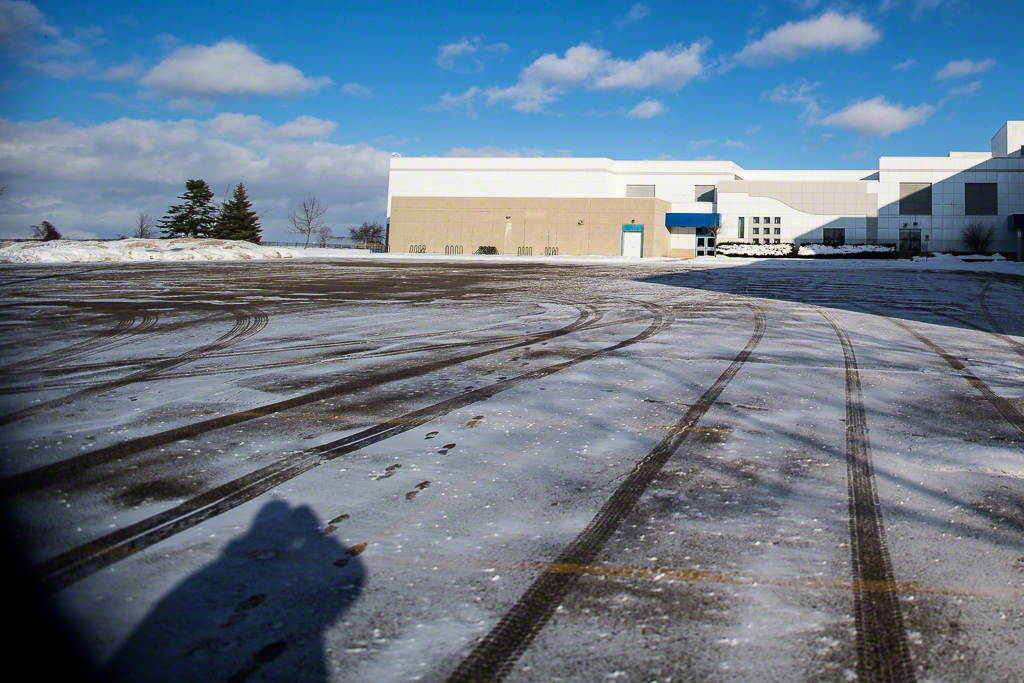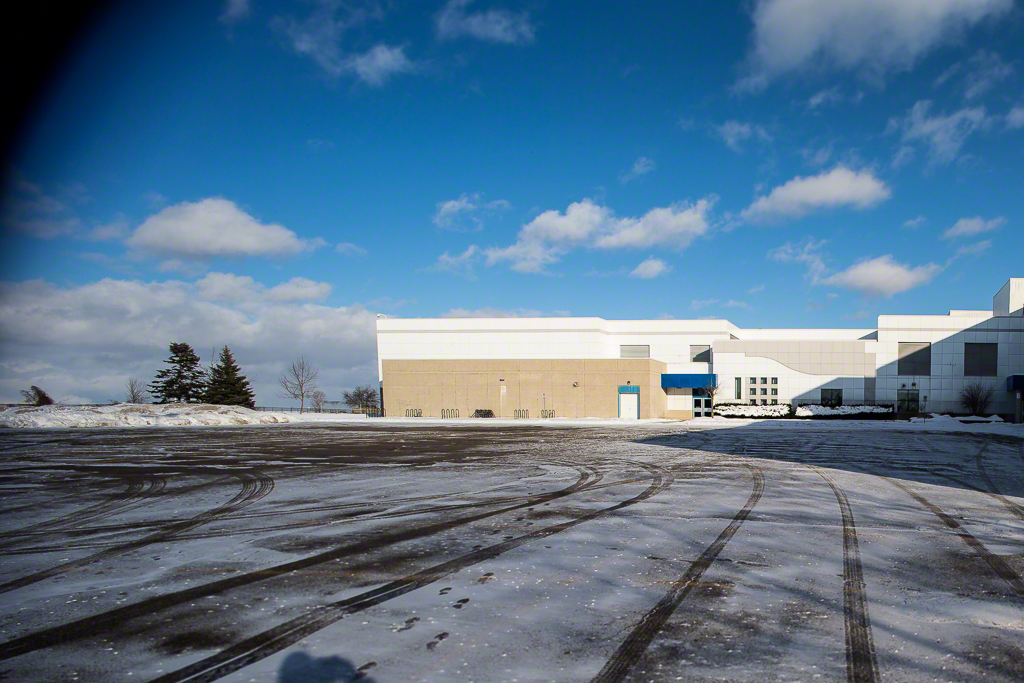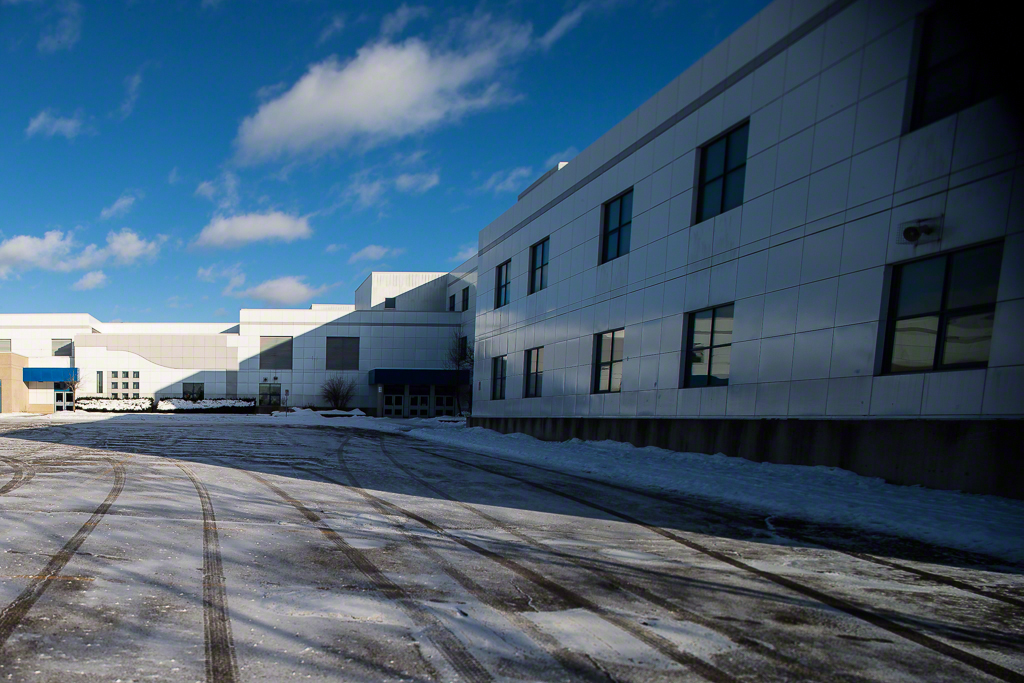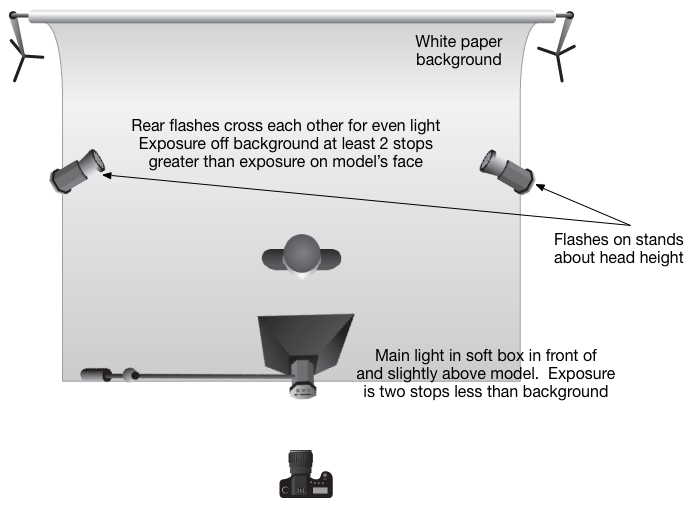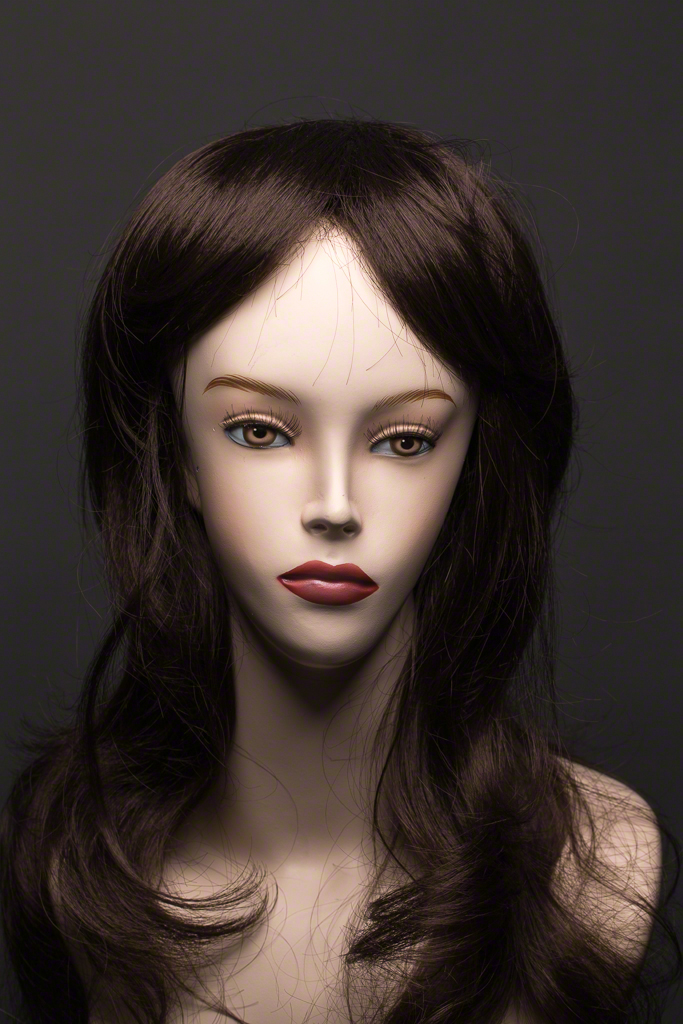Downsides
If you use two batteries, you have to remove the battery grip to get at the one inside the body. I would rather that they follow the Canon model where attaching the grip moves both batteries into the grip so you can swap them out without having to disassemble the camera. Sounds like a bit of nitpicking but it is so.
Olympus includes only starter paper documentation, with the useful stuff on a CD. The last three computers I have purchased have not had a CD/DVD drive. Stop being cheap asses and put ALL the manuals on a memory stick and put it in the box. Finding Olympus documentation on the Internet is more a pain in the ass than it should be. The documentation when found is not very well written and is very lightweight on details. Lens documentation, particularly for the macro needs work to become useful.
Both zooms are showing their age and need a refresh to better construction. For the prices being charged, the barrels need to be metal and they need to be dust and splash proof if Olympus wants the OM-D to be taken seriously. A camera that is well sealed is less useful if the lenses are not. I understand why Olympus would not want to create segregation in their M43 line between Pro and Consumer grade lenses, but seriously, get over yourselves. Canon and Nikon have already paved that road.
I love the wide range of bracketing options but don't like that the steps max out at +-1 EV. I would much rather have fewer exposures at wider EV variants. Seriously what do I need 7 shots at ⅓ EV intervals for when the sensor is as good as it is. This is "feature for the sake of marketing", not feature for the sake of value. I would also like to be able to manipulate bracketing without having to dive so deep into the menu system.
The OM-D E-M1 is the top of the line camera, definitely a prosumer device so why do I have to go into menus to simply change the ISO? If there was a dial to do this, then plainly I missed it. Yes I know I could program a button, but why should I have to?
And if it is a prosumer device, could less CPU be wasted by dumping all the Art filter crap and in camera HDR that no serious photographer is ever going to use? Scene mode? Really? RAW Rules guys, did you miss the memo?
Conclusions and Would I Buy?
The OM-D E-M1 is the best mirror less camera I have ever used. It fits my hands, is very fast to shoot, is intuitive and produces great quality images. There are lots of Olympus lenses, and a wide variety from other providers in the Micro Four Thirds consortium. There are no super telephotos, and really fast primes don't exist. Yet. M43 is farthest along in mirror less and while Sony is doing good work, the E-M1 is a much better camera to me than the A7 I recently evaluated and has magnitudes of more glass available.
I don't need or want all the JPEG centric crap built into the camera and in my perfect world there would be a menu option to disable useless (to me) junk. I don't think I am Mr. Super Photographer, I simply shoot only in RAW and prefer to manage my artistic work in post not in some JPEG that tosses away 70% of the data being captured by the oh so good sensor.
If I were in the market for something smaller and with very fast AF and interchangeable lenses, I would be putting Mr. American Express on the counter for the EM-1. As it stands, I have my Leica for when I want unobtrusive and I'm not so sanguine about duplicating all my Canon glass. And I do want that fast glass and long fast telephoto option, mostly because I have it today. The high ISO performance is definitely good. Not as good perhaps as the 1Dx, but more than needed for most anything I do with regularity.
As more and faster primes with weather sealing become available, and perhaps an update of the 14-150, this camera becomes more and more attractive. Back in the days of film, the OM-1 and OM-2 were physically smaller than their peers. They made excellent images with the right driver behind the lens. The OM-D lineup is smaller than today's DSLRs but just for yucks, I pulled out my venerable (and still perfectly functional) Minolta XD-11. Taking the size of the lenses out of the equation, the OM-D is not much smaller than the XD-11 which for its time was a standard sized SLR. Today's "pro" DSLRs are considerably larger than their film counterparts. It's not about the size, it's about what you can do with it, and the Olympus OM-D E-M1 brings you all the tools you need. And if getting what you want involves carrying a couple of bodies and a load of lenses all day, your spine will thank you for the OM-D, even if your chiropractor does not.
Specifications (Courtesy Olympus) - lifted right from their website
FOCUSING SYSTEM
 With the new 16 MP Live MOS Sensor, the OM-D E-M1 automatically switches between Contrast Detection AF or Phase Detection AF to deliver blazing fast autofocus speed - no matter which Olympus Zuiko lens you use. All of our lenses -- from our super-quiet MSC Micro Four-Thirds lenses to our renowned SWD Four Thirds lenses work seamlessly and to their full potential when paired with the OM-D E-M1. Features such as Focus Peaking and Magnified Focus Assist let you use your favorite OM lens with the appropriate adapter for beautiful results.
With the new 16 MP Live MOS Sensor, the OM-D E-M1 automatically switches between Contrast Detection AF or Phase Detection AF to deliver blazing fast autofocus speed - no matter which Olympus Zuiko lens you use. All of our lenses -- from our super-quiet MSC Micro Four-Thirds lenses to our renowned SWD Four Thirds lenses work seamlessly and to their full potential when paired with the OM-D E-M1. Features such as Focus Peaking and Magnified Focus Assist let you use your favorite OM lens with the appropriate adapter for beautiful results.
AF system
High-speed imager AF (Contrast detection / On-Chip Phase-difference detection)
*For complete compatibility and full AF performance with our super quiet MSC Micro Four-Thirds and SWD Four -Thirds lenses.
Focus mode
Single AF (S-AF) / Continuous AF (C-AF) / Manual Focus (MF) / S-AF + MF / AF tracking (C-AF + TR)
- Full-time AF
- Available
- Magnified frame AF
- Selectable from over 800 AF points
Enlarged view check by magnify button (available with old lenses*)
Magnification x5, x7, x10(Default), x14 selectable
* lenses without data communication
Face detection AF / Eye detection AF
Available / Available
Eye Detection AF mode: Off / Nearer-eye priority / Right-eye priority / Left-eye priority
Focusing point / Focusing point
selection mode
81-area multiple AF (Contrast detection AF), 37-area multiple AF (Phase-difference detection AF)
All target, Group target area (3x3-area),
Single target(Standard Target Size/Small Target Size)
AF illuminator
Available
Manual focus assist
* Customize function
Live view image is magnified when the focus ring is rotated. (at S-AF+MF or MF mode)
Peaking function
Available (White edge type, Black edge type)
AF tracking
Yes
SHUTTER
 The OM-D E-M1 has a 1/8000 second high-speed mechanical shutter, allowing you to freeze quick-moving action without blurring. Use prime lenses at their maximum aperture to capture beautifully defocused background images in bright daylight.
The OM-D E-M1 has a 1/8000 second high-speed mechanical shutter, allowing you to freeze quick-moving action without blurring. Use prime lenses at their maximum aperture to capture beautifully defocused background images in bright daylight.
Shutter type
Computerized focal-plane, high-speed, mechanical shutter
Shutter speed
1/8000 - 60 sec. (1/3, 1/2, or 1EV steps selectable)
Bulb/Time: default setting 8min. (1/2/4/8/15/20/25/30 min. selectable)
DRIVE
High-speed sequential shooting as fast as 10fps can be accomplished when using the Tracking AF (C-AF + Tr), which works in tandem with the Autofocus to follow your subject. 6fps in C-AF.

Sequential shooting maximum speed[Sequential shooting H mode]* 10.0 fps * in case of "I.S. Off"* including AF tracking (C-AF + TR)* Focus and exposure are fixed at the values for the first shot.[Sequential shooting L mode] 6.5 fps* in case of "I.S. OFF".* including C-AF* When using the M.ZUIKO DIGITAL ED 12-50mm f3.5-6.3 EZ, M.ZUIKO DIGITAL ED 12-40mm f2.8PRO.Max. recordable pictures
[RAW] Max. 50 frames (in seq. shooting L), Max.41 frames (in seq. shooting H)
on sequential shooting *
[JPEG] Max. Card Full frames (in seq. shooting L), Max. 95 frames ( in seq. shooting H)
* When using the M.ZUIKO DIGITAL ED 12-50mm f3.5-6.3 EZ.
* With TOSHIBA SDHC UHS-I card, based on Olympus in-house measurement conditions.
Self-timer
Operation time: 12 sec., 2 sec.,custom (Waiting time 1-30sec.,Shooting interval 0.5/1/2/3sec.,Number of shots 1-10)

For photographers who prefer composing their shots using an eye-level viewfinder, the OM-D E-M1 will be a revelation. The new, interactive high-definition EVF features a 2.36 million dot resolution, an impressive 1.48x magnification, 29ms image display lag, eye sensor for automatic switching between the EVF and monitor and intuitive functionality for real-time viewing of any shooting situation.
Product Type
Micro Four Thirds interchangeable lens system camera
Memory
SD Memory Card*1 (SDHC, SDXC, UHS-I , compatible, Eye-Fi Card compatible*2 )
*1: Class 6 or higher is recommended for Movie shooting.
*2: Not compatible with Endless mode.
Lens mount
Micro Four Thirds Mount
DIMENSIONS / WEIGHT
The OM-D E-M1 is built around the Micro Four Thirds standard, making it smaller, lighter and more portable.
Pack light and pack more lenses on your important photo outings. Shoot all day without lugging around a heavy, outdated system.
Dimensions
130.4mm (W)× 93.5mm (H) × 63.1mm (D)
5.1" (W) x 3.7" (H) x 2.5" (D)
[CIPA guideline compliant, excluding protrusions]
Weight
[CIPA guideline compliant,
with BLN-1 battery and Memory card]
Approx. 497g/17.5oz(1.1lbs)
[body only]
Approx. 443g/15.6oz(0.98lbs)
BODY CONSTRUCTION
Outer Material
Metal
Inner Frame
Magnesium Alloy
RUGGEDNESS
Rain or snow, mud or dust – the E-M1 is ready for whatever mother nature can throw at it. Its rugged design expands your field of photography to any place on earth.
Freezeproof
Yes
Dustproof
Yes
Splash proof
Yes
OPERATING ENVIRONMENT
Temperature
-10 ~ +40℃ (operation) / -20 ~ +60℃ (storage)
+14 ~ +104 °F
Humidity
30 - 90% (operation) / 10 - 90% (storage)
-4 ~ +140 °F

VIEWFINDER
The new, interactive high-definition EVF features a 2.36 million dot resolution, an impressive 1.48x magnification, 29ms image display lag time, eye sensor for automatic switching between the EVF and monitor and intuitive functionality for real-time viewing of any shooting situation.

Finder typeEye-level electronic viewfinder, approx. 2.36M-dot resolutionField of view / Viewfinder magnificationApprox. 100% / Approx. 1.30x*1 - 1.48x*2 (-1m-1, 50mm lens, Infinity)*1: at Finder Style 1, 2 (aspect 4:3)*2: at Finder Style 3 (aspect 4:3)Image Display Lag Time29 milli seconds
Eye point / Diopter adjustment range
Approx. 21mm (-1m-1, Distance from rear lens surface) / -4 ~ +2m-1
Preview
Available with Live Preview function button
Displayed Grid
Off / Normal Grid / Golden Grid / Scale / Diagonal / Movie Grid selectable
Level Gauge
2-axis level gauge; horizontal /vertical
One Touch Tele-Converter
2x magnification
Finder Style
Selectable from 3 types
Brightness / Color temperature control
Available/Available
Eyecup
Optional eyecup EP-13 is available.
REAR MONITOR
Its tilting, touch screen display makes focusing, choosing AF points, releasing the shutter, swiping through images in playback and changing settings effortless.
Screen size
3.0-inch / 7.6-cm
Monitor type
Tilt Touch Wide LCD with approx. 1037K dots resolution
*8: Approx.1037k dots, Touch control in electrostatic capacitance Type
Touch control
Touch shutter release, Touch enlargement, Touch Live Guide, AF area selection, AF area enlargement, Frame advance/backward, Enlargement playback, Touch Super Control Panel, Touch Art Filter menu,Wi-Fi function
Tilting angle
Upward tilting angle: up to 80 degrees / Downward tilting angle: up to 50 degrees
Brightness / Color temperature control
±7 levels / ±7 levels
Color tone select
Vivid / Natural
Approx. 100% field of view,
Exposure compensation preview, WB adjustment preview,
Gradation auto preview, Face detection preview (up to 8 faces),
Grid line, Histogram, Magnification display (x5/x7/x10/x14), Normal, Highlight & Shadow, Level Gauge, Off
Type
Image Sensor type
Field of view
Approx. 100%
Display Mode
Normal Mode, Histogram Mode, Level gauge, Highlight and shadow, Off
Magnification Ratio
x5, x7, x10 (Default), x14
Monitor information
Aperture value, Shutter speed, Auto Bracket, AE Lock, AF mode, IS, Shooting Mode, Battery Check, Myset, Internal Temperature Warning, Face / Eye Detection, Histogram, Number of storable still pictures, Record mode, ISO, Sequential shooting, Self-timer, White Balance, Metering Mode, AF confirmation mark, Exposure Compensation Value, Spot metering Area Flash Mode, Flash Status, Flash intensity Control, Super FP, Focal length, Tone control, Eye-Fi condition, Digital teleconverter, Battery check
Display of Face Detection
Max 8 frames of face detection can be displayed.
Live View Close Up Mode
Available at HDR1 and HDR2 shooting
Lenses
32 Olympus Lenses and 57 lenses from all Four Thirds
consortium members
Optional Battery Grip
HLD-7 Battery and Grip
Grip Strap
GS-5
Underwater Housing
PT-EP11

Flash intensity control method
TTL Auto, Auto*, Manual, super FP*(FP-TTL AUTO, FP-MANUAL)
* Available on the external flash
Bundled flash*
TTL flash,GN=7(ISO100・m) / GN=10 (ISO200・m)
* Attach it on the hot shoe and connect it to the accessory port 2. Available on FL-LM1/2.
Flash mode
Flash Auto, Redeye, Fill-in, Flash Off, Red-eye Slow sync.(1st curtain), Slow sync.(1st curtain), Slow sync.(2nd curtain), Manual 1/1 FULL 1/64
Synchronization speed
1/320sec. or less*
* It depends on flash models or flash mode
FL-LM1/2: 1/320 sec., Other: 1/250 sec.,
Super FP: 1/125-1/8000 sec.
Flash intensity control
Up to ±3 EV in 0.3, 0.5, 1 EV steps selectable
Compatible external flash
FL-50R, FL-36R, FL-20, FL-14, FL-300R, FL-600R
Colour Temperature
5500±400°
External Flash control mode
TTL Auto, Auto, Manual, FP-TTL-AUTO, FP-MANUAL
WIRELESS FLASH CONTROL
Wireless flash transmission channel settings enable selection of the flash/no flash for groups of multiple flash units. In addition, it allows TTL auto, auto and manual models to be set; offers a bounce and swivel head; and flash coverage is automatically adjusted in several steps to correspond to the image area when zooming.
Compatible external flash
FL-50R, FL-36R, FL-300R, FL-600R
Control method
Triggered and controlled by built-in flash
(Olympus Wireless RC Flash system compatible)
External Flash intensity type
TTL Auto, Auto, Manual, FP-TTL-AUTO, FP-MANUAL
Channel No.
4 channels
Group No.
4 groups (External flash 3 groups + a bundled flash*)
* Available on FL-LM1/2 / FL-600R
PROFESSIONAL IMAGE QUALITY
INCREDIBLE SPEED
With the new 16 MP Live MOS Sensor, the OM-D E-M1 automatically switches between Contrast Detection AF or Phase Detection AF to deliver blazing fast autofocus speed - no matter which Olympus Zuiko lens you use. All of our lenses -- from our super-quiet MSC Micro Four-Thirds lenses to our renowned SWD Four Thirds lenses work seamlessly and to their full potential when paired with the OM-D E-M1.
Product type
4/3 Live MOS Sensor
Number of pixels / Aspect ratio
Number of effective pixels: Approx. 16.3 million pixels
Total number of pixels: Approx. 16.8 million pixels
Aspect ratio: 1.33 (4:3)
Dust reduction
Supersonic Wave Filter (dust reduction system for image sensor)
Filter array
Primary color filter (RGB)
*Uses information communicated from the lens such as aperture setting and optical characteristics to optimize the final image.
Image Processor
TruePic™ VII
IMAGE STABILIZATION
The OM-D E-M1 is equipped with the world’s first 5-Axis image stabilization system with IS-Auto. 5-Axis IS compensates for vertical,
horizontal and rotational camera shake that conventional 2-axis systems could not. 5-Axis IS is built into the camera body to ensure stabilization with all lenses and makes stable movie recording possible.
System Type
Built-in (Image sensor shift type for movie & still, 5-axis* image stabilization)
* yaw/pitch/vertical shift/horizontal shift/rolling
Mode
4 modes (S-I.S.AUTO,S-I.S.1, S-I.S.2, S-I.S.3), OFF
IS for finder image
Available (by half-pressing the shutter button or enlargeing operation)
Focal length setting
Available
Lens IS Mode
Available
Available manual focal length setting
Input focal length : 8, 10, 12, 15,16, 18, 21, 24, 28, 30, 35, 40, 48, 50, 55, 65, 70, 75, 80, 85, 90, 100, 105, 120, 135, 150, 180, 200, 210, 250, 300, 350, 400, 500, 600, 800, 1000
Stabilization performance
4 EV steps*
* Based on CIPA measurement conditions.
Shutter speed range
60 - 1/8000 sec. (Not available when Bulb and Time is selected.)
EXPOSURE CONTROL (STILL)
The E-M1 provides DSLR quality in low light photos with an increased ISO sensitivity to 25,600.
Metering system
Digital ESP metering (324-area multi pattern metering), Center weighted average metering, Spot metering, Spot metering with highlight control, Spot metering with shadow control
(TTL Image sensor metering)
Metering range
EV -2 - 20 (at normal temperature, 17mm f2.8, ISO 100)
Exposure mode
i Auto, P: Program AE (Program shift can be performed), A: Aperture priority AE, S: Shutter priority AE, M: Manual, Bulb, Time, Scene select AE, Art Filter, Underwater wide / macro*
* Selectable from menu as a function on Fn-1/Rec button
Scene select AE
Portrait, e-Portrait, Landscape, Landscape + Portrait, Sport, Night, Night + Portrait, Children, High Key, Low Key, DIS mode, Macro, Nature Macro, Candle, Sunset, Documents, Panorama, Fireworks, Beach & Snow, Fisheye Conv., Wide Conv., Macro Conv., 3D*
*3D lens(H-FT012 by Panasonic) only, still only
ISO sensitivity
Auto: ISO LOW (approx. 100) - 25600 (customizable, default ISO LOW - 1600)
Manual: ISO LOW (approx. 100) - 25600 in 1/3 or 1 EV ISO steps
Exposure compensation
±5 EV in 1/3, 1/2, 1 EV steps selectable
AE lock
Locked at 1st release of shutter button (can be set to Fn1/Rec button)
Metering standard value adjustment
1/6 EV step, +/- 1EV range
at High ISO setting
Off, Low, Standard, High
at Slow shutter speed
Off, On, Auto
On : effective when shutter speed is slower than 1 sec.
Auto : effective when shutter speed is slower than 4 sec. (at ISO 200 or higher) or 8 sec. (at lower than ISO200)
Recording format
DCF, DPOF compatible / Exif, PRINT Image Matching III,
MPO compatible
File format
RAW (12-bit lossless compression), JPEG, RAW+JPEG, MPO(3D still)
Recording image size
[RAW] 4608 x 3456 pixels
[JPEG] 4608 x 3456 pixels - 640 x 480 pixels
File size
RAW: 4608(H)x3456(V) (approx. 1/1.5 lossless compressed) Approx. 17MB
Set1(LF): 4608(H)x3456(V) (1/4 compressed) Approx. 7.5MB
Set2(LN): 4608(H)x3456(V) (1/8 compressed) Approx. 3.5MB
Set3(MN): 2560(H)x1920(V) (1/8 compressed) Approx. 1.1MB
Set4(SN): 1280(H)x980(V) (1/8 compressed) Approx. 0.4MB”
WI-FI FUNCTION
Take control of your OM-D E-M1, without touching it! Using the O.I. Share app, you can preview your composition, choose the AF point and release the shutter; perfect for tripod or portrait shooting.
GPS function
Availabe (Aquire the position information from smartphone with GPS function)
Wireless shooting function
iAUTO, P, A, S, M, live valve / time support. Aperture, shutter speed, exposure compensation, ISO speed, WB, continuous shooting setting possible.
Remote live view, remote REC VIEW, wireless touch AF shutter, Shutter timer (countdown with sound), remote power OFF
Image Share Function
Reserve the picture which will be transferred to smartphone. (Max 4 smart device connections) can transfer image; (except MPO) PEG, only MOV.
Smart & Easy Connection
Smart & Easy connection by QR code.
PICTURE MODE
The new Color Creator feature lets you adjust Hue and Chroma right in the EVF and preview the effect in “real time”
Mode
i-Enhance, Vivid, Natural, Muted, Portrait, Monotone, Custom, e-Portarait, Color Creator, Art Filters
Gradation
Auto, Normal, High Key, Low Key [except Art Flters]
Adjustment parameter
4 levels (Auto, Normal, High key, Low key)
Filter effect (B&W filter)
Neutral, Yellow, Orange, Red, Green for Monotone
Picture tone
Neutral, Sepia, Blue, Purple, Green for Monotone
HDR
HDR art photos can easily be captured with 12EV wide-range bracketing shooting.

HDR(Auto composite)HDR1,HDR2* Available with P, A, S and M mode.* Takes 4 pictures at different exposures composite into a high contrast image.Bracketing for HDR post-process3 or 5 frames in 2.0/3.0EV steps selectable, 7 frames in 2.0EV steps selectable.* HDR picture can not be made by this function.* HDR function can be called by Fn-button.
BRACKETING
Using Art Filter Bracketing when you can’t make up your mind about shooting a filter. Generate multiple pictures with Art Filters with a single shot and then view them as a slideshow.
Exposure bracketing
2, 3 or 5 frames in 0.3/0.7/1.0EV steps selectable, 7 frames in 0.3/0.7EV steps selectable
ISO bracketing
3 frames in 0.3/0.7/1.0EV steps selectable
White balance bracketing
3 frames in 2, 4, 6 steps selectable in each A-B/G-M axis.
Flash bracketing
3 frames in 0.3/0.7/1.0EV step selectable
Art Filter bracketing
i-Enhance, Vivid, Natural, Muted, Portrait, Monotone, Custom, Art Filters selectable
ART FILTER
 Twelve in-camera Art Filters are enhanced by new filter variations, art effects and bracketing. You can use Art Filters in all shooting modes as well as filming 1080 HD movies.
Twelve in-camera Art Filters are enhanced by new filter variations, art effects and bracketing. You can use Art Filters in all shooting modes as well as filming 1080 HD movies.
Mode (Variation / Effect)
Pop Art (I, II / a.b.c.d.e)
Soft Focus ( - / c.e)
Pale & Light Color (I, II / a.b.c.d)
Light Tone ( - / d)
Grainy Film (I, II / b.c.d.f.g)
Pin Hole (I, II, III / d.)
Diorama ( - / d.)
Cross Proscess (I, II / b.c.d.)
Gentle Sepia ( - / a.b.c.d.)
Dramatic Tone (I / b.c.d.e) (II / b.c.d.e.f.g)
Key Line (I, II / a.b.c.d.e.)
WaterColor (I, II / a.c.d.)
Art Effect
a. Soft Focus Effect
b. Pin-Hole Effect
c. White Edge Effect
d. Frame Effect
e. Star Light Effect
f. Defocus Effect
g. B&W Effect (Yellow, Orange, Red, Green)
h. Picture Tone (Sepia, Blue, Purple, Green)
PHOTOSTORY
 With Photo Story, users can shoot a normal, everyday scene from multiple viewpoints and combine them into one image. Simply turning the mode dial to “Photo Story”, you’ll be provided with different formats to choose from, and everyday occurrences will become memorable scenes.
With Photo Story, users can shoot a normal, everyday scene from multiple viewpoints and combine them into one image. Simply turning the mode dial to “Photo Story”, you’ll be provided with different formats to choose from, and everyday occurrences will become memorable scenes.
Type
(Variation/FrameEffect/WindowAspect)
Standard II,Ⅱ,Ⅲ,Ⅳ/a, b, c, d, e/A, B, C, D
Frame Effect
FunFrameⅠ,Ⅱ,Ⅲ
a. White Frame
b. White Frame & White Edge Effect
c. Black Frame
d. White Frame & Pin Hole Effect
Aspect Window/Pattern
A. 4:3/2Frames
B. 4:3/3Frames
C. 1:1/2Frames
D. 1:1/3Frames
E. 1:1/4 Frames
F. 16:9/5 Frames
Interval Shooting
1-999 frames, Interval time 1sec-24hours, Time lapse movies
Number of picture / Function
2 frames / Auto gain, Exposing on Recorded picture(RAW)
Detection
2-axis (vertical and horizontal)
Aspect Ratio
4:3(Default) / 3:2 / 16:9 / 1:1 / 3:4
Process
RAW: Aspect ratio is recorded as Exif data, JPEG: JPEG image is produced based on the aspect ratio
White balance mode
Auto WB, 7 Preset WBs, 2 Capture WBs, Custom WB(Kelvin setting)
White balance compensation
±7 steps in each A-B/G-M axis * Except for Custom WB
Preset white balance
7 preset WBs (3000K - 7500K)
- Sunny(5300K), Shadow(7500K), Cloudy(6000K), Incandescent(3000K), Fluorescent(4000K), Underwater, WB Flash(5500K)
CWB (Kelvin setting)
1 setting can be registered at Kelvin temperature, 2000K to 14000K.
Capture white balance
2 custom settings can be registered
Colour matrix
sRGB, Adobe RGB
RECORDING (VIDEO)
Shoot up to 29 minutes of 1080 30p HD video and stereo sound in either .MOV or .AVI formats. A Direct HD Movie Button switches you from still to movie mode with just the press of a button.
Recording format
MOV(MPEG-4AVC/H.264) , AVI(Motion JPEG)
Movie Mode
[MOV]
Full HD: 1920(H)x1080(V), 30p(29.97 Recording
24Mbps(Fine) / 16Mbps Normal) : Aspect 16:9
HD: 1280(H)x720(V), 30p(29.97 Recording
12Mbps(Fine) / 8Mbps Normal) : Aspect 16:9
[AVI Motion JPEG]
HD: 1280(H)x720(V), 30fps *20, Aspect 16:9
SD: 640(H)x480(V), 30fps *20, Aspect 4:3
*20 : Except for some of the Art Filters
Maximum Recording Time
[MOV]
Full HD : Approx. 29min(Normal) / Approx. 22min(Fine)
HD : Approx. 29min(Normal) / Approx. 29min(Fine)
[AVI]
HD : Approx. 7min*21 / SD : Approx. 14min*21
*21 : Except for some of the Art Filters
Movie Function
Movie Effect* : One shot echo / Multi echo / Art fade *Default ON
Art Filter Movie, Aperture priority Movie, Shutter Priority Movie, Manual Shooting Movie
Movie Tele-converter
×4* Avairable on Movie effect mode
TimeLapse Movie
Available AVI Motion JPEG 1280×720,10fps)
IS for Movie
Built in (Image sensor shift type image stabilization)
M-IS.ON,off, Panasonic OIS lens priority
AE Lock
Available
Exposure control - Movie
P: Program AE, A: Aperture priority AE, S: Shutter speed priority AE, M: Manual, Art Filter
* S mode and M mode: Shutter speed is limited in less than 1/30 sec.
Compression ratio
Motion-JPEG Format: 1/12(HD), 1/8(SD)
File size
MOV Format: Max 4GB
Motion-JPEG Format: Max 2GB
Recording format
Wave Format (Stereo linear PCM/16-bit, Sampling frequency 48kHz)
Microphone/Speaker
Stereo/Mono
Microphone function
Wind Noise Reduction, Recording Volume
Audio dubbing possible for still pictures (up to 30 sec.)
Maximum Recording Time
Picture with Sound: 30sec.
Movie: depend on Movie Recording Time
INTUITIVE MENUS
Information (shooting)
Battery information, Shooting mode, Shutter speed, Aperture value, Exposure compensation value, ISO sensitivity,Exposure compensation indicator, Exposure indicator, Flash intensity compensation indicator, Date, Auto BKT setting, NR setting, WB, WB compensation value, Record mode, Flash Status, Record mode, Image size, Drive mode, Flash intensity compensation value, Metering mode, Recordable still image number, Focusing mode, AF frame, Colour space, Sharpness, Contrast, Saturation, Internal Temperature Warning Gradation, IS activating mode, Face detection, My Mode, Multi Exposure, Aspect Ratio, Super FP
Information (shooting)
Battery information, Shooting mode, Shutter speed, Aperture value, Exposure compensation value, ISO sensitivity,Exposure compensation indicator, Exposure indicator, Flash intensity compensation indicator, Date, Auto BKT setting, NR setting, WB, Record mode, Flash Status, Image size, Drive mode, Flash intensity compensation value, Metering mode, Recordable still image number, Focusing mode, AF frame, Internal Temperature Warning, IS activating mode, Face detection, My Mode, Multi Exposure, Aspect Ratio
Setting Menu
Color saturation, Color image, Brightness, Blur Background, Express Motion, Shooting Tips
Playback mode
Single-frame, Information display, Index display (4/9/25/100 frames), Calendar, Enlargement (2x - 14x), Movie (with sound, FF/REW/Pause), Picture rotation (auto), Slideshow *(with BGM/BGM+Sound/Sound)
* Slideshow : Still/Movie/Still+Movie, When a camera is connected to HDTV with HDMI cable, 2 new slideshow effect can be selectable.(Still) 1 BGM replaceable. Auto angle correction
Information display
Histogram (independent luminance / RGB available), Highlight/Shadow point warning, AF frame, Photographic information, OFF
Languages
34 languages selectable:
English, French, German, Spanish, Italian, Japanese, Korean, Traditional Chinese, Simplified Chinese, Russian, Czech, Dutch, Danish, Polish, Portuguese, Swedish, Norwegian, Finnish, Croat, Slovenian, Hungarian, Greek, Slovakian, Turkish, Latvian, Estonian, Lithuanian, Ukrainian, Serbian, Bulgarian, Rumanian, Indonesian, Malay, Thai
My mode
4 settings recordable / Available on allocating to mode dial.
Editing function
RAW development, Gradation auto, Monochrome, Sepia, Red-eye fix, Saturation, Resize (1280x960, 640x480, 320x240), Trimming, Aspect, e-Portrait, Image Overlay, Postrecording
RAW picture editing
RAW development based on settings of the camera(including Art Filter,ART-BKT)
Detail edit acceptable. (Preview, Memory of 2 setting, re-development)
JPEG editing
Shadow adjustment, Red-eye fix, Cropping, Aspect, Black&White, Sepia, Saturation, Resize, e-portrait
Image Overlay
Up to 3 RAW images
Erasing function
Single frame, All, Selected frames (from Index)
Protect function
Single frame, Selected frames, Release protect (Single/All selected)
USB/AV/Remote controller connector
Dedicated multi-connector [USB: USB2.0 Hi-Speed, Video: NTSC/PAL selectable, Optional Remote cable RM-UC1 can be used.]
HDMI connector
Micro HDMI (Type-D)
Flash attachment
Hot shoe
Accessory Port 2
Dedicated multi-connector [Available for VF-2/VF-3/VF-4, SEMA-1, MAL-1 and PP-1.]
Wireless LAN
MIC. Input Jack
φ 3.5 stereo mini jack
PC interface
USB2.0 Hi-Speed
TV interface
HDMI (HD/Stereo Sound), VIDEO-OUT(SD/Mono Sound)
DC-in
Battery
BLN-1 Li-ion battery (included)
Power battery holder
AC adaptor
Sleep mode
Available (1/3/5 min. off selectable)
Number of recordable pictures
Approx. 350 shots [IS ON, CIPA test standard]
(with BLN-1 and TOSHIBA super high-speed Class 6 SDHC 4GB card)
Box contents
Body, Li-ion battery BLN-1, Li-ion battery charger BCN-1, FL-LM2 Flash, USB cable, Shoulder strap, OLYMPUS Viewer 3 (CD-ROM), Instruction manual, Warranty card


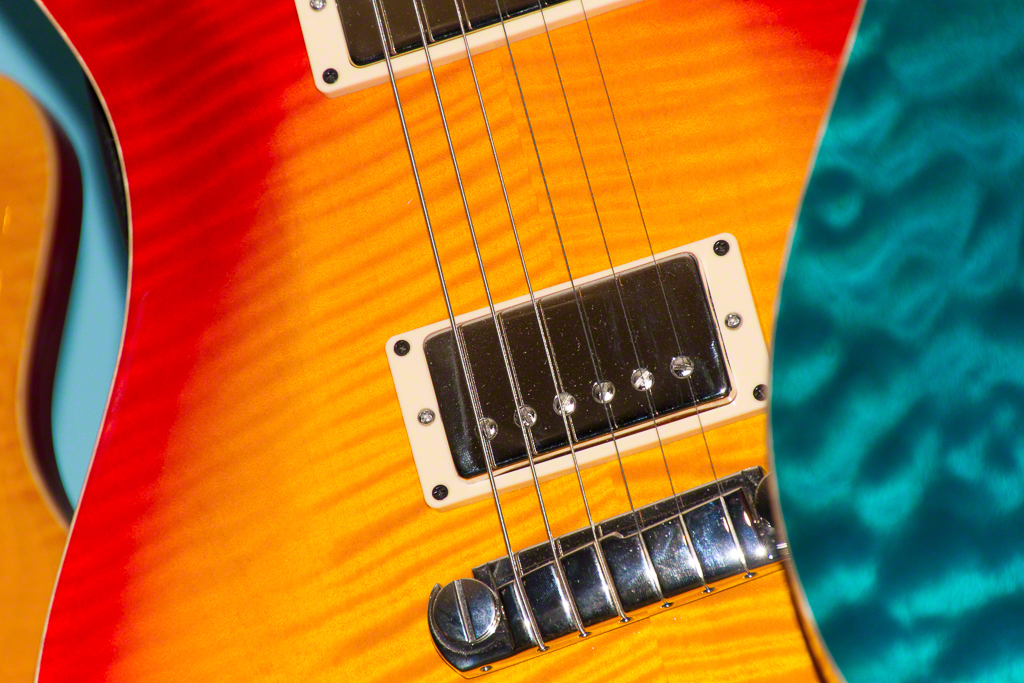

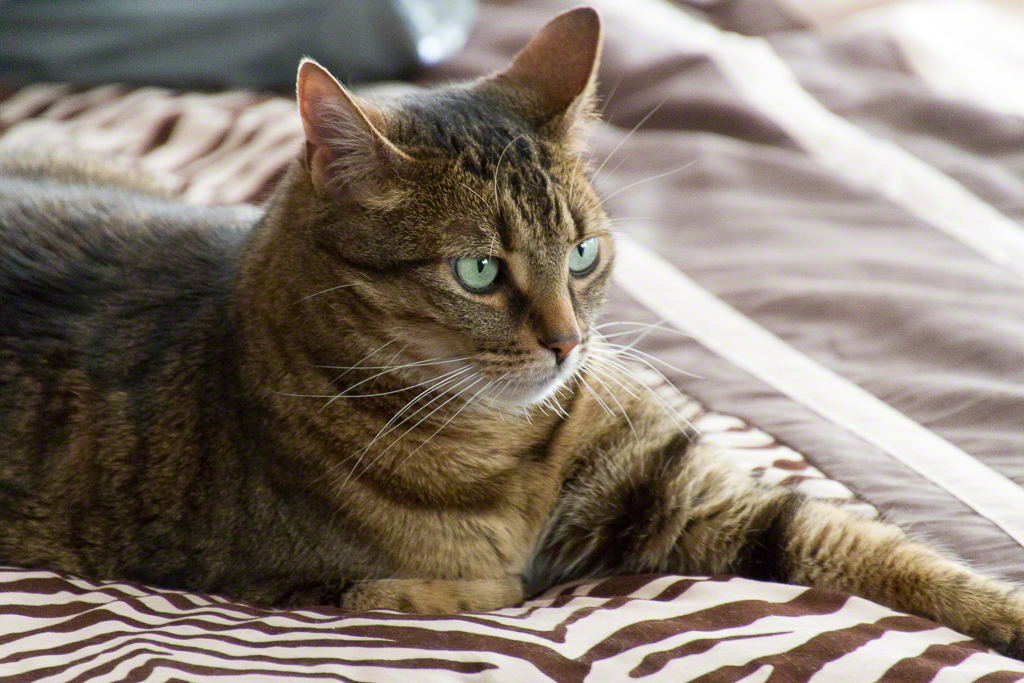
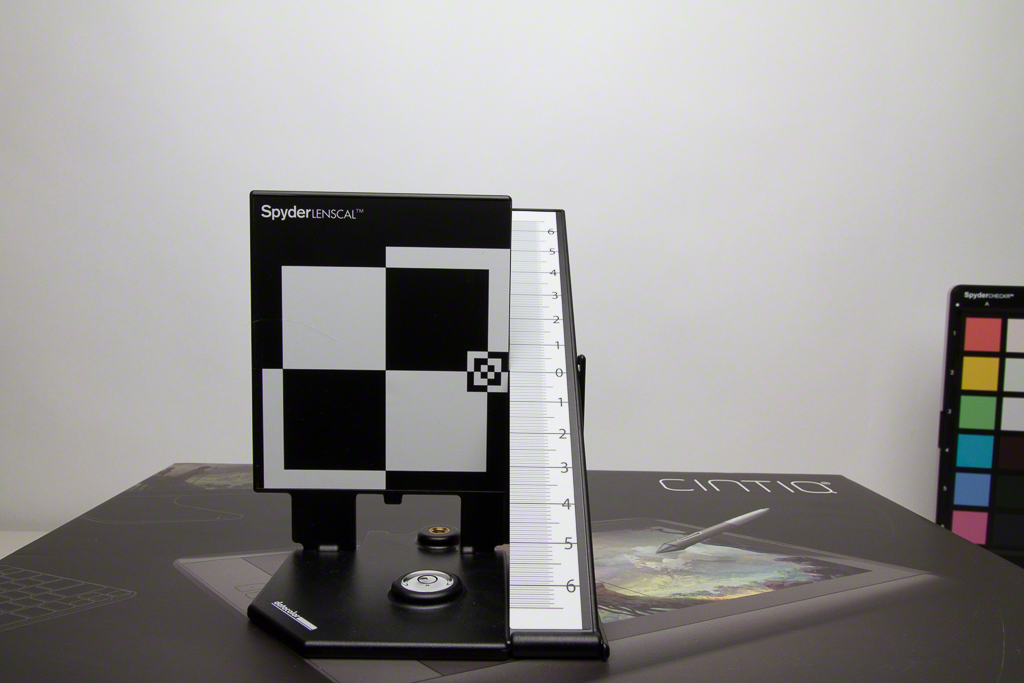
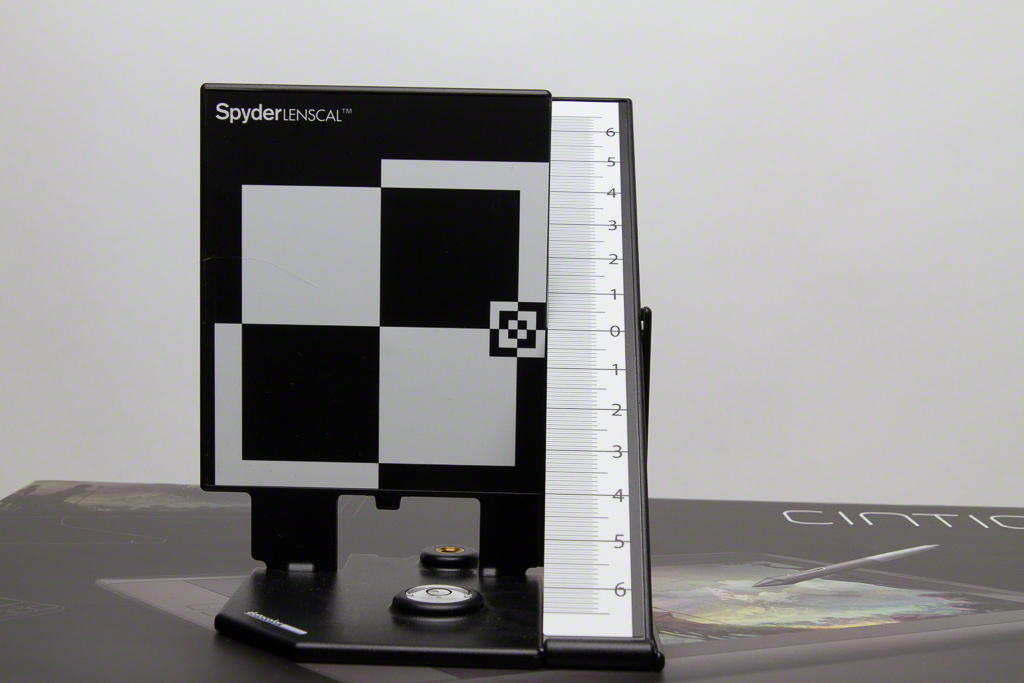
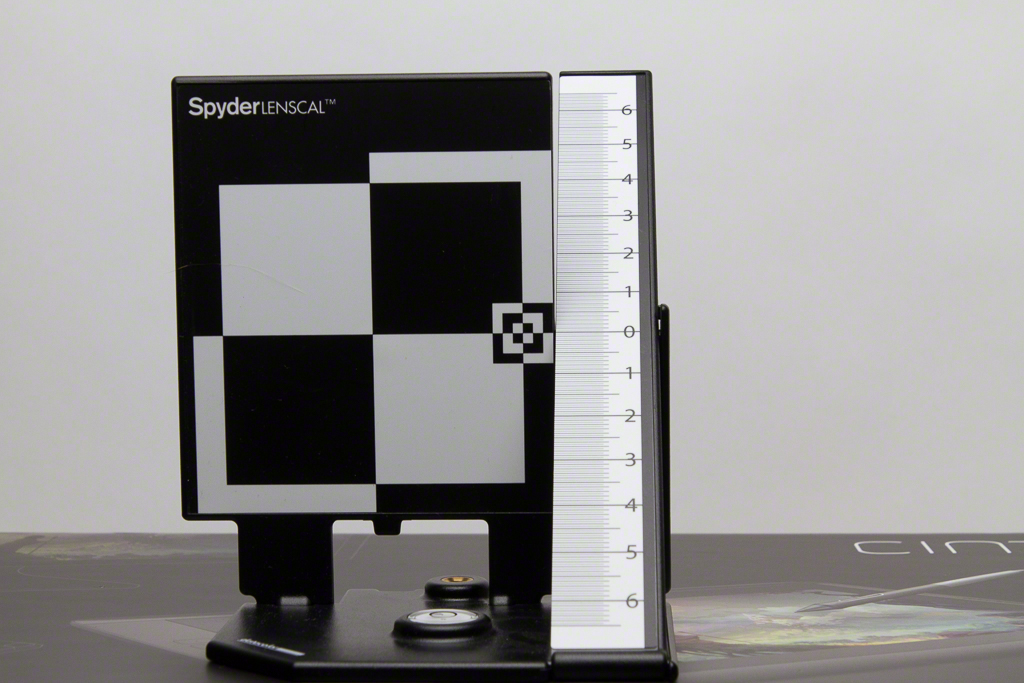

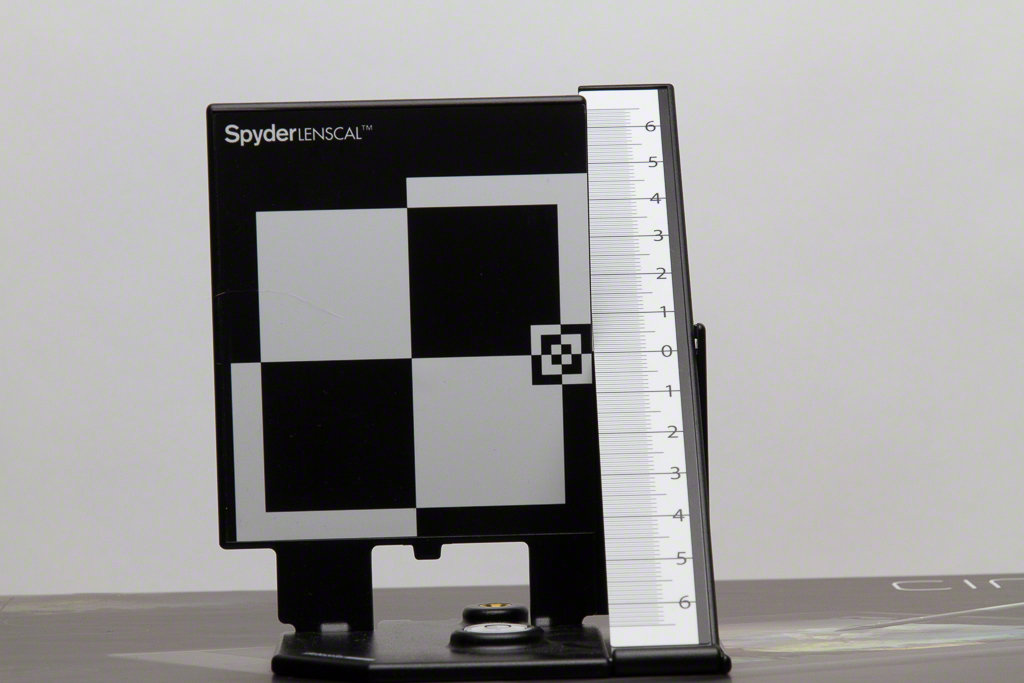
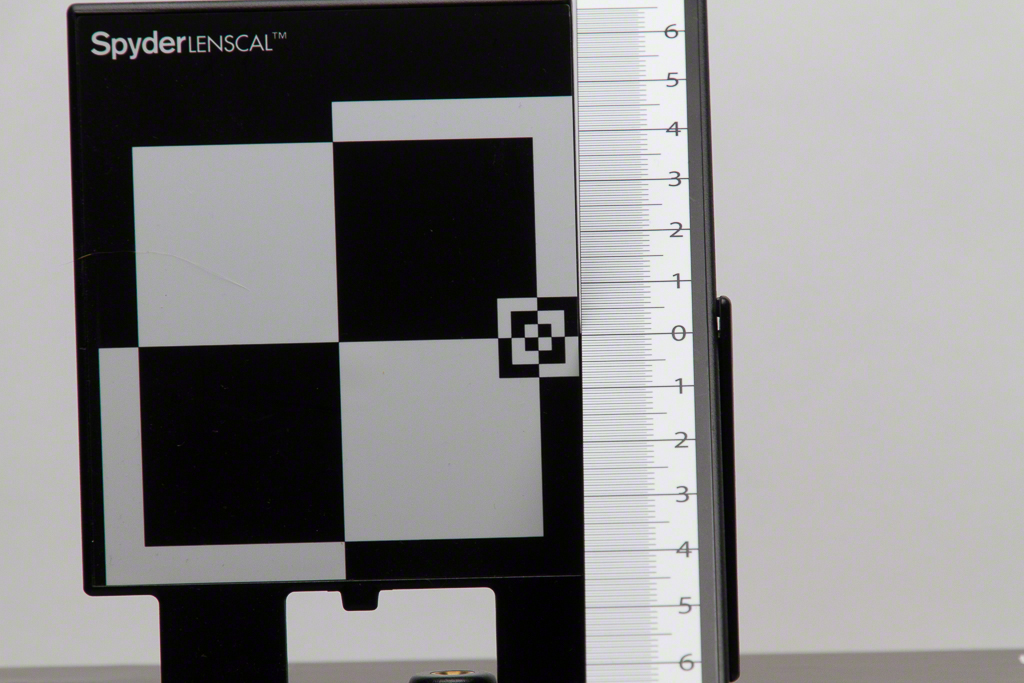
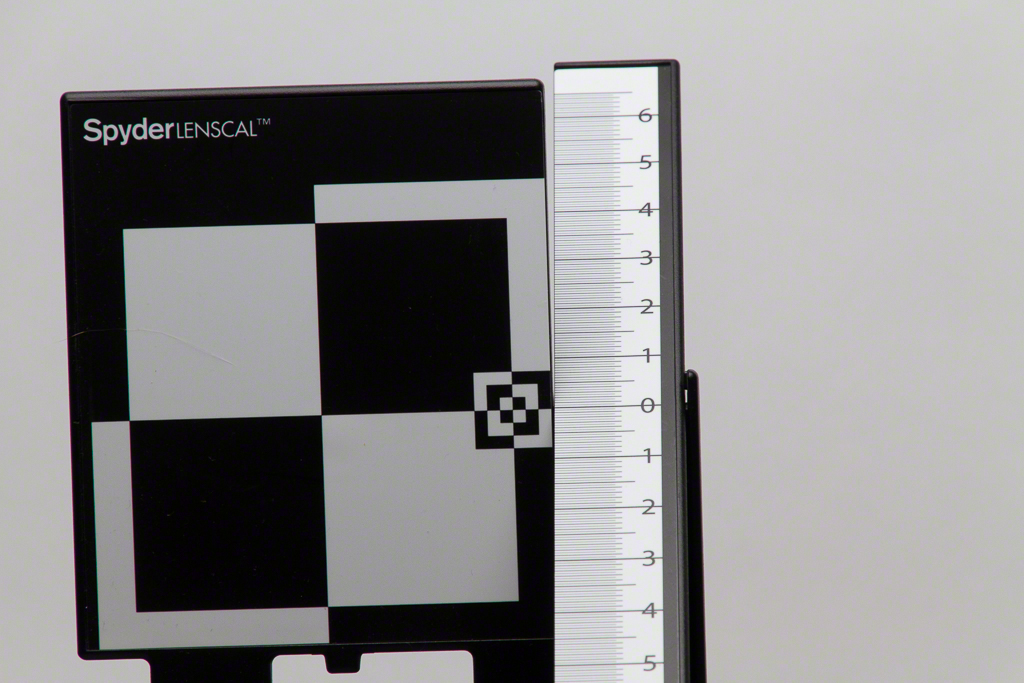
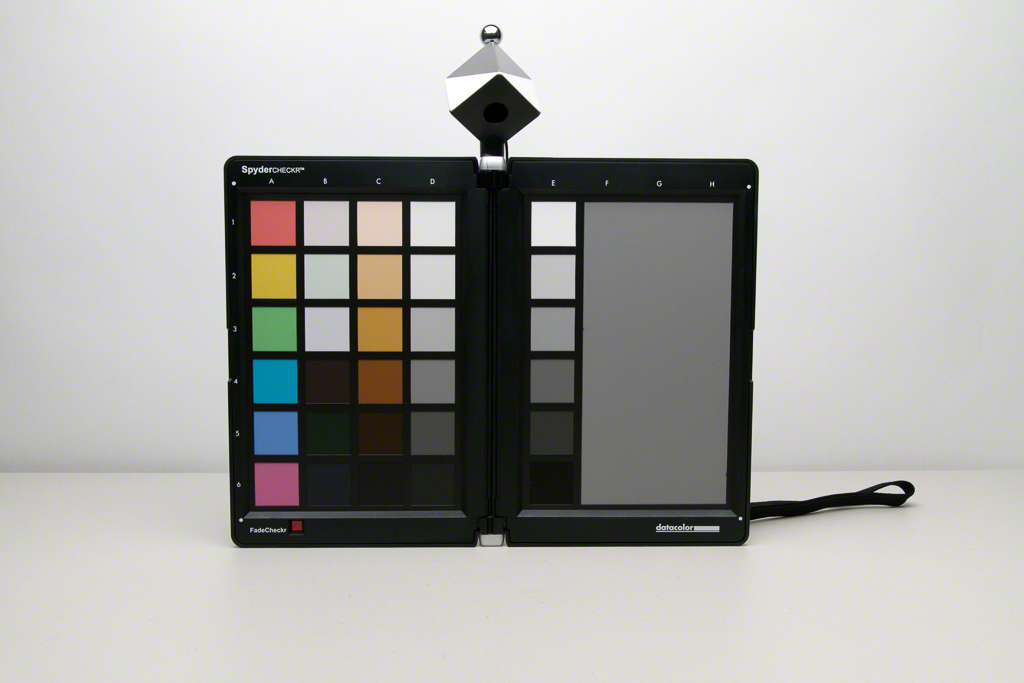
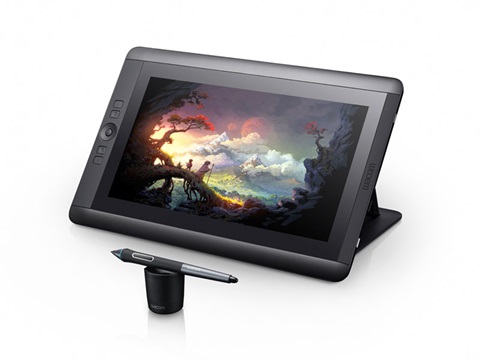
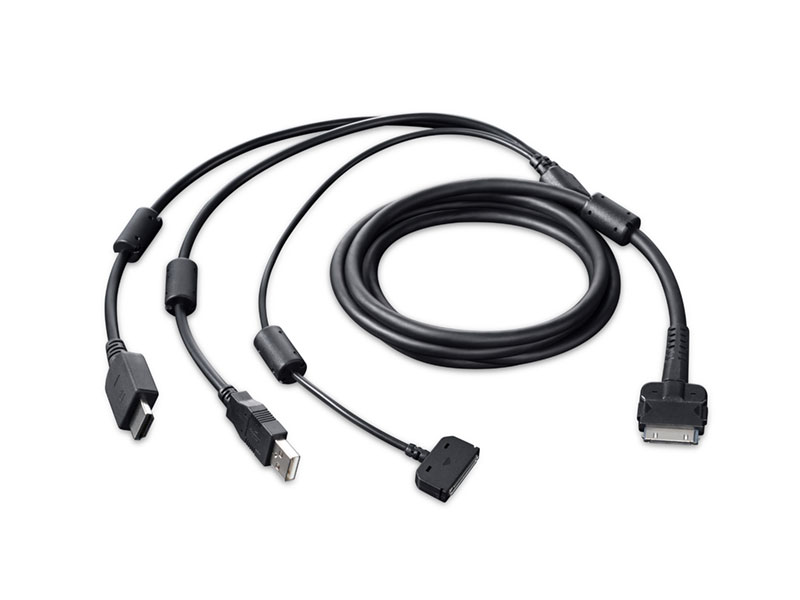



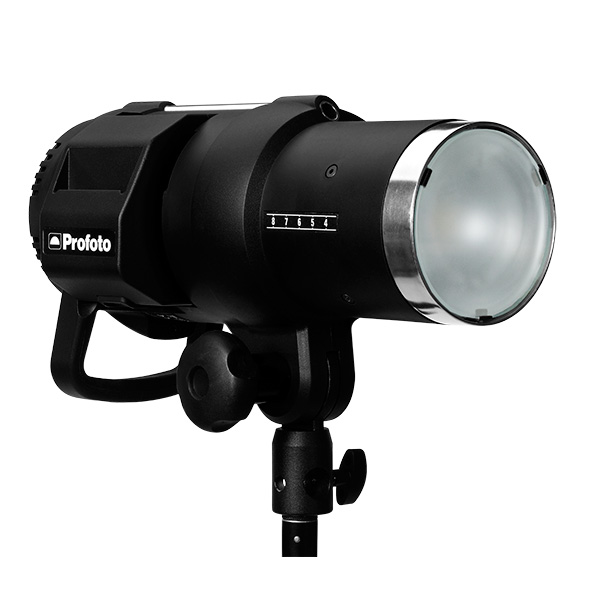



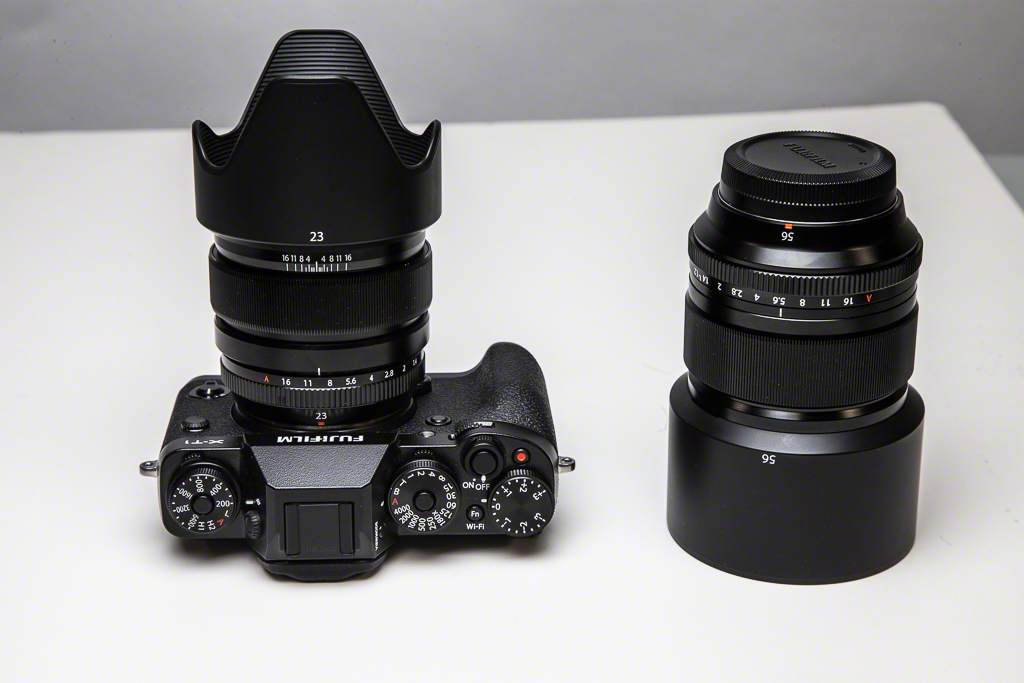
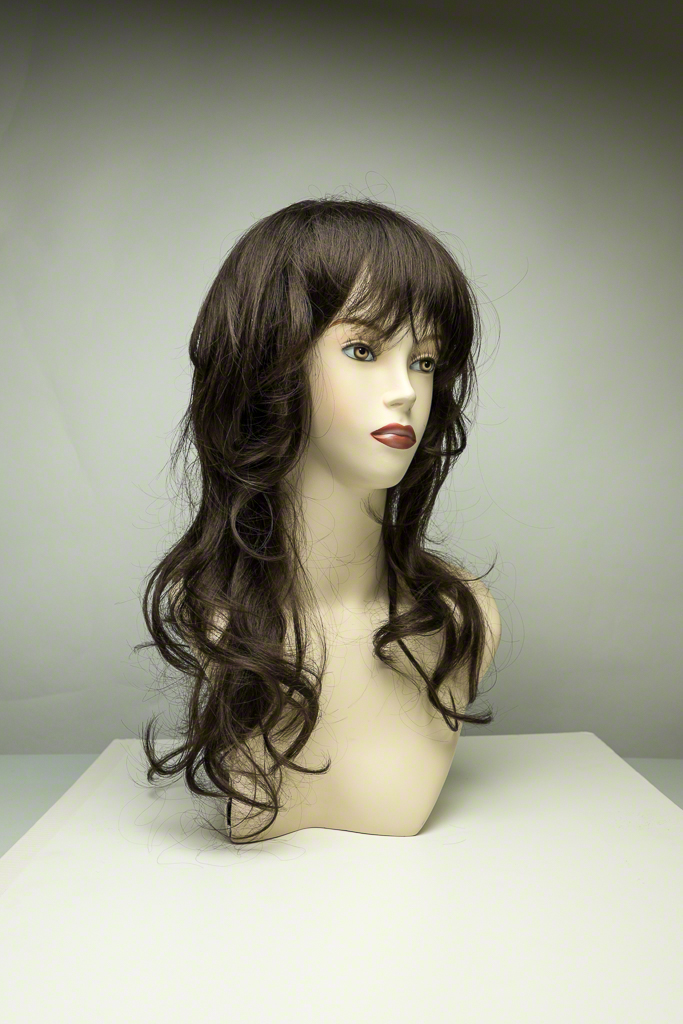

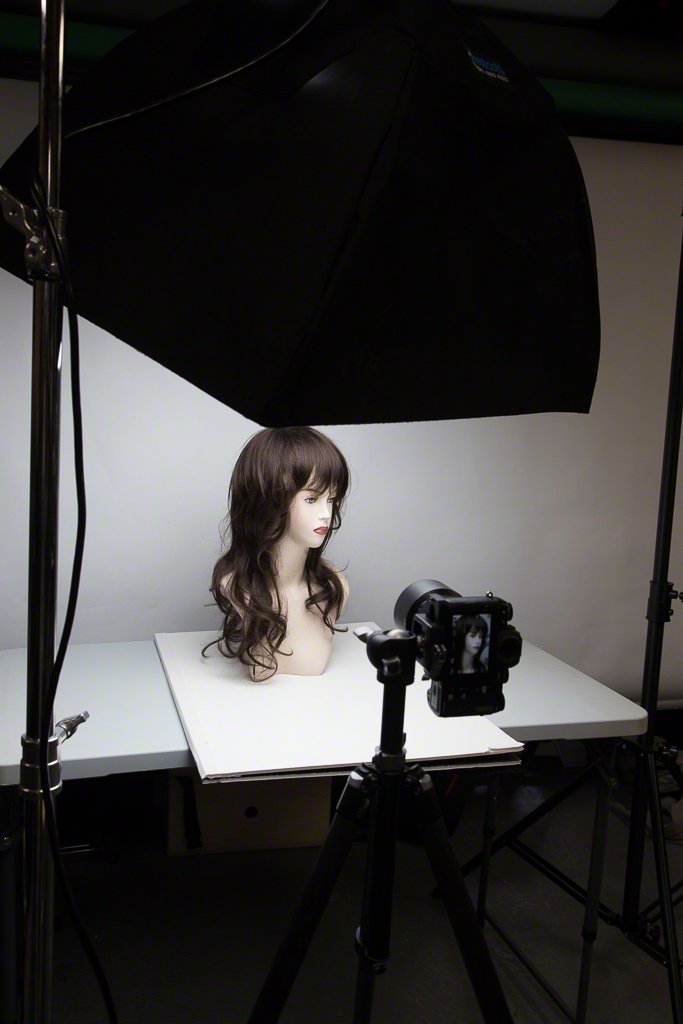
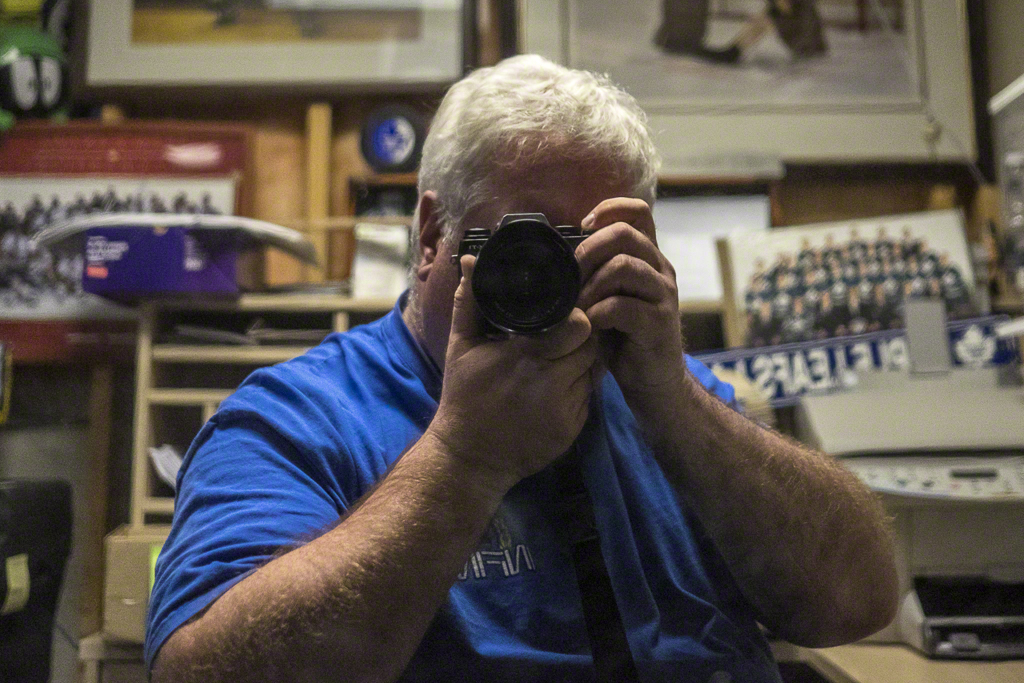
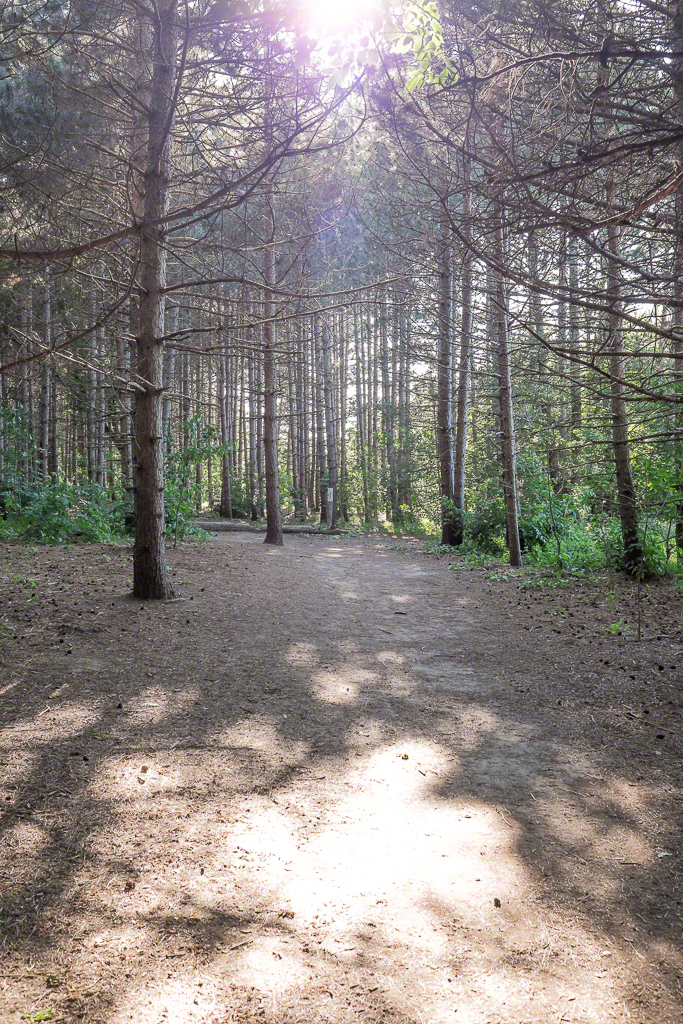
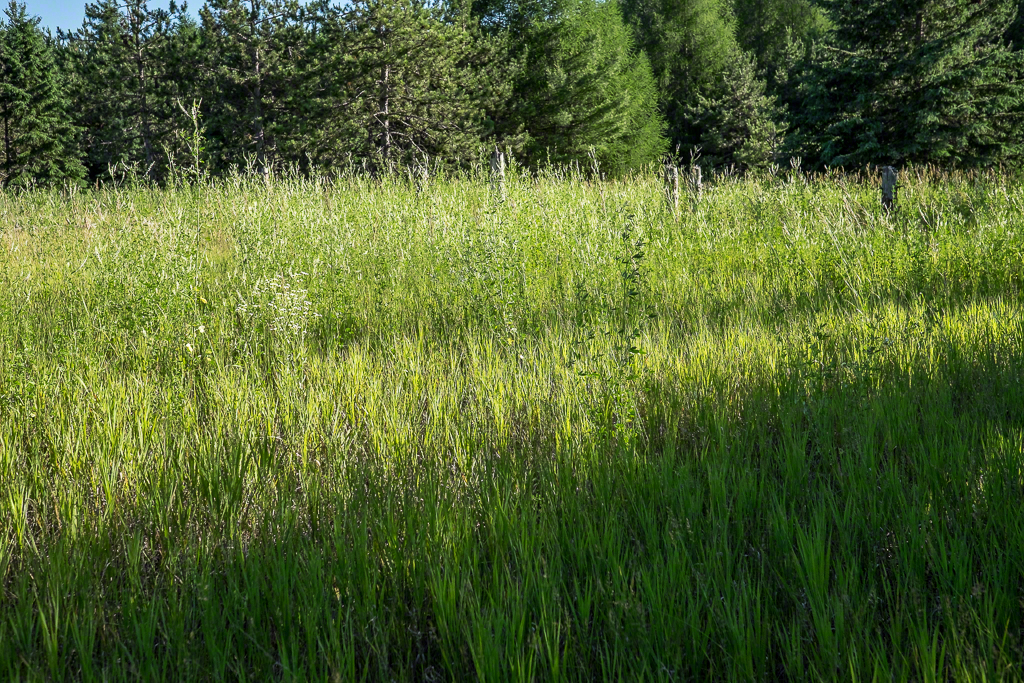





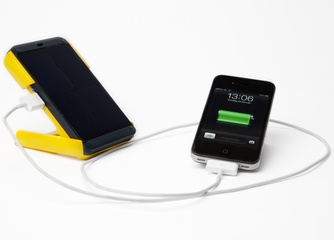
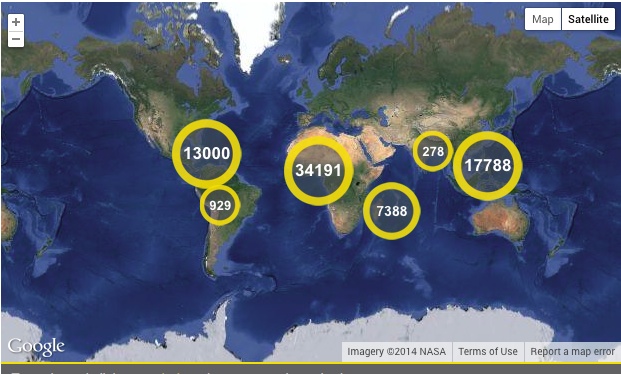


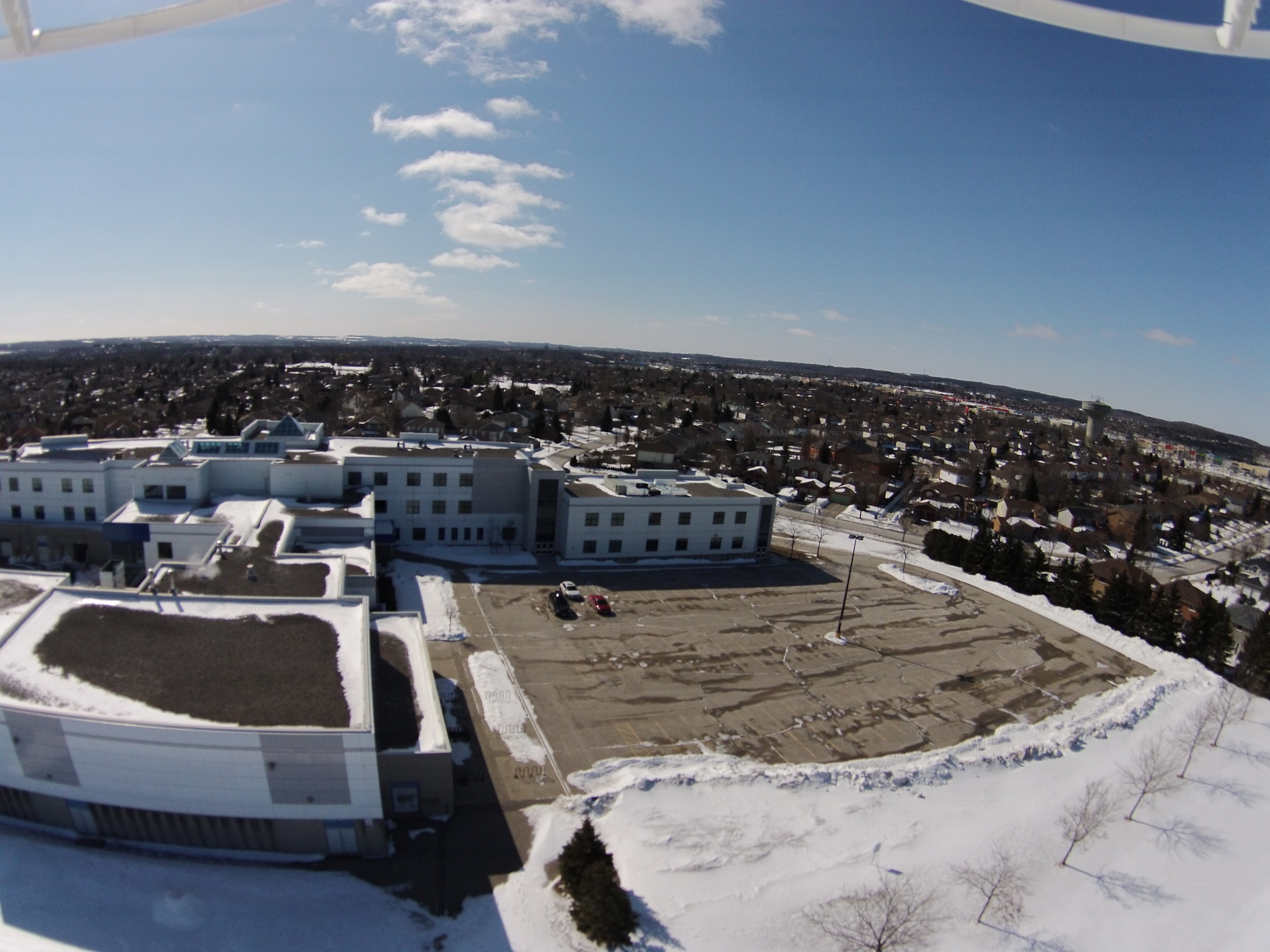
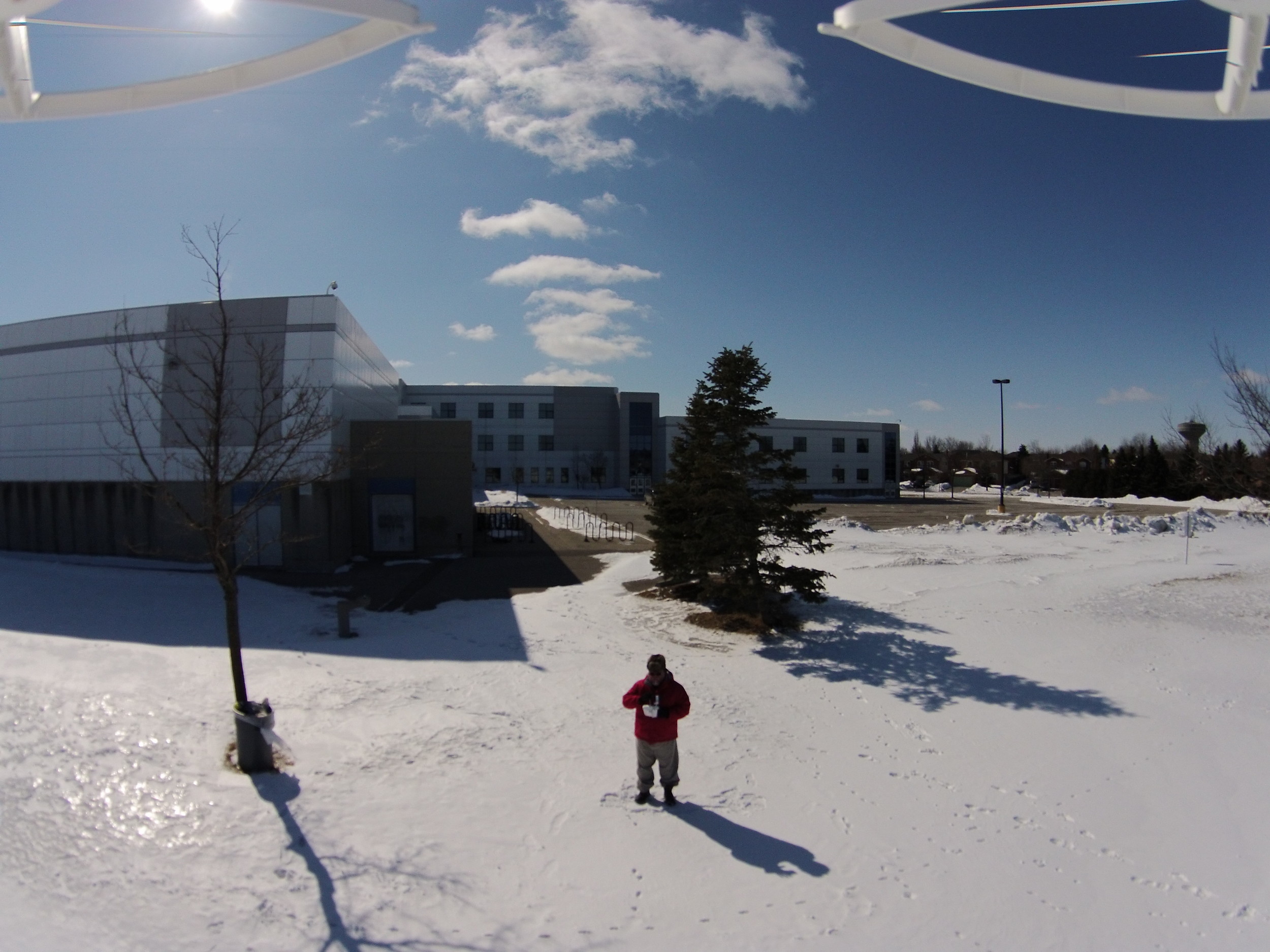

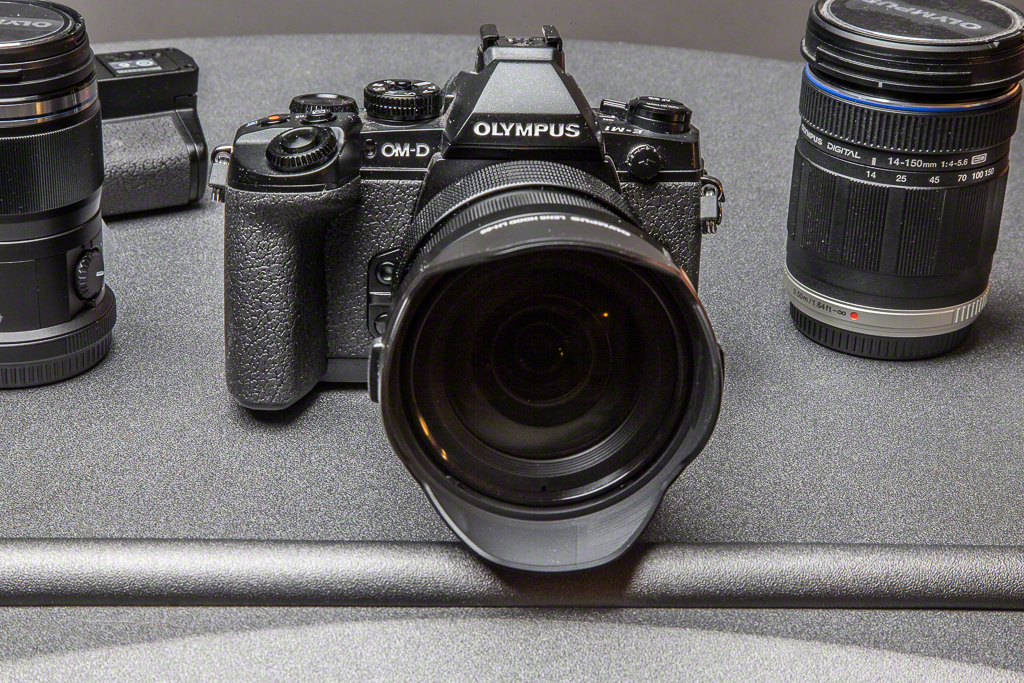

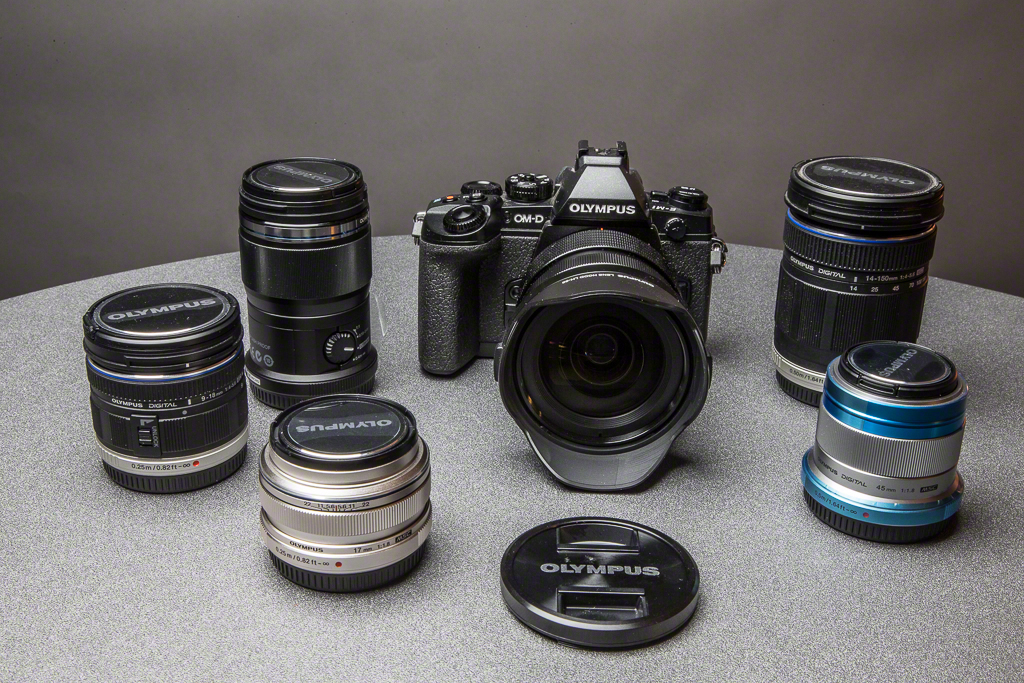

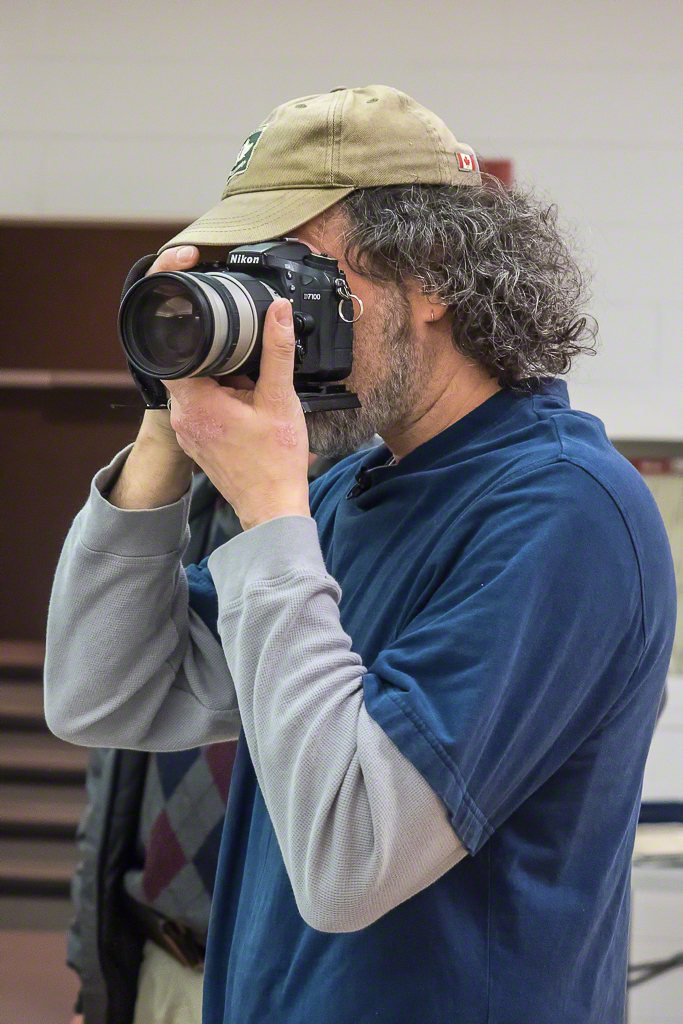



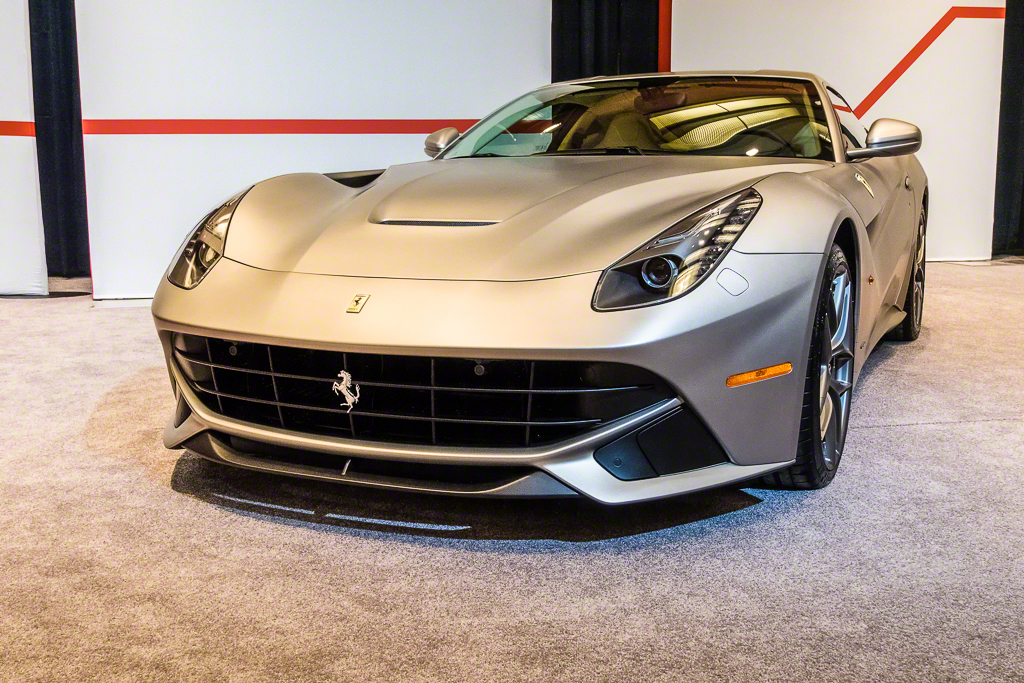

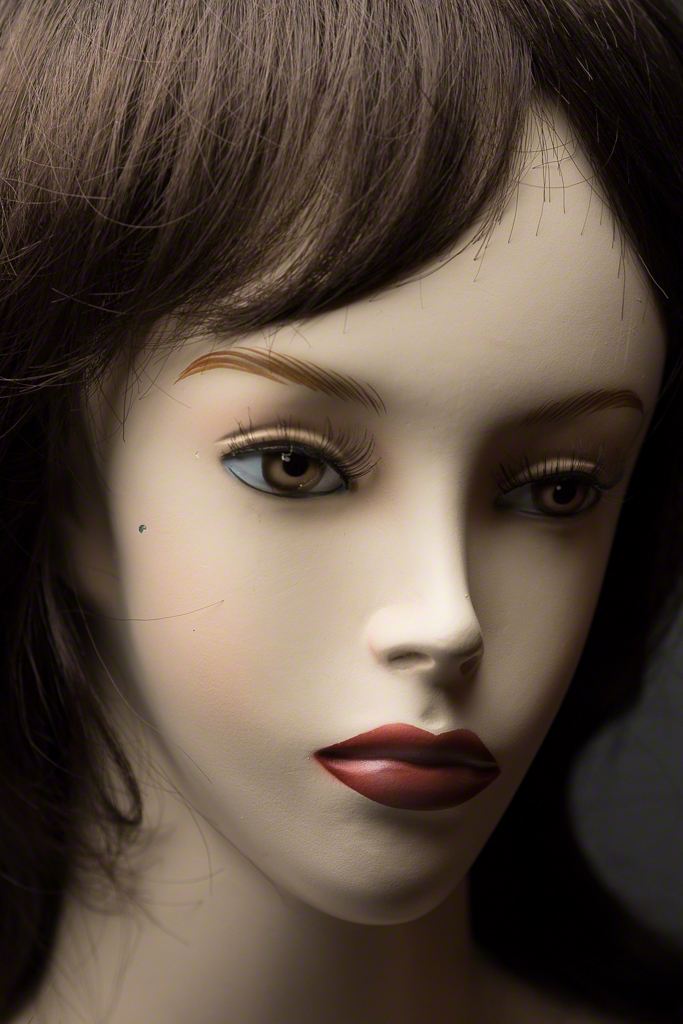

 With the new 16 MP Live MOS Sensor, the OM-D E-M1 automatically switches between Contrast Detection AF or Phase Detection AF to deliver blazing fast autofocus speed - no matter which Olympus Zuiko lens you use. All of our lenses -- from our super-quiet MSC Micro Four-Thirds lenses to our renowned SWD Four Thirds lenses work seamlessly and to their full potential when paired with the OM-D E-M1. Features such as Focus Peaking and Magnified Focus Assist let you use your favorite OM lens with the appropriate adapter for beautiful results.
With the new 16 MP Live MOS Sensor, the OM-D E-M1 automatically switches between Contrast Detection AF or Phase Detection AF to deliver blazing fast autofocus speed - no matter which Olympus Zuiko lens you use. All of our lenses -- from our super-quiet MSC Micro Four-Thirds lenses to our renowned SWD Four Thirds lenses work seamlessly and to their full potential when paired with the OM-D E-M1. Features such as Focus Peaking and Magnified Focus Assist let you use your favorite OM lens with the appropriate adapter for beautiful results. The OM-D E-M1 has a 1/8000 second high-speed mechanical shutter, allowing you to freeze quick-moving action without blurring. Use prime lenses at their maximum aperture to capture beautifully defocused background images in bright daylight.
The OM-D E-M1 has a 1/8000 second high-speed mechanical shutter, allowing you to freeze quick-moving action without blurring. Use prime lenses at their maximum aperture to capture beautifully defocused background images in bright daylight.
 Sequential shooting maximum speed[Sequential shooting H mode]* 10.0 fps * in case of "I.S. Off"* including AF tracking (C-AF + TR)* Focus and exposure are fixed at the values for the first shot.[Sequential shooting L mode] 6.5 fps* in case of "I.S. OFF".* including C-AF* When using the M.ZUIKO DIGITAL ED 12-50mm f3.5-6.3 EZ, M.ZUIKO DIGITAL ED 12-40mm f2.8PRO.Max. recordable pictures
Sequential shooting maximum speed[Sequential shooting H mode]* 10.0 fps * in case of "I.S. Off"* including AF tracking (C-AF + TR)* Focus and exposure are fixed at the values for the first shot.[Sequential shooting L mode] 6.5 fps* in case of "I.S. OFF".* including C-AF* When using the M.ZUIKO DIGITAL ED 12-50mm f3.5-6.3 EZ, M.ZUIKO DIGITAL ED 12-40mm f2.8PRO.Max. recordable pictures
 For photographers who prefer composing their shots using an eye-level viewfinder, the OM-D E-M1 will be a revelation. The new, interactive high-definition EVF features a 2.36 million dot resolution, an impressive 1.48x magnification, 29ms image display lag, eye sensor for automatic switching between the EVF and monitor and intuitive functionality for real-time viewing of any shooting situation.
For photographers who prefer composing their shots using an eye-level viewfinder, the OM-D E-M1 will be a revelation. The new, interactive high-definition EVF features a 2.36 million dot resolution, an impressive 1.48x magnification, 29ms image display lag, eye sensor for automatic switching between the EVF and monitor and intuitive functionality for real-time viewing of any shooting situation.

 Finder typeEye-level electronic viewfinder, approx. 2.36M-dot resolutionField of view / Viewfinder magnificationApprox. 100% / Approx. 1.30x*1 - 1.48x*2 (-1m-1, 50mm lens, Infinity)*1: at Finder Style 1, 2 (aspect 4:3)*2: at Finder Style 3 (aspect 4:3)Image Display Lag Time29 milli seconds
Finder typeEye-level electronic viewfinder, approx. 2.36M-dot resolutionField of view / Viewfinder magnificationApprox. 100% / Approx. 1.30x*1 - 1.48x*2 (-1m-1, 50mm lens, Infinity)*1: at Finder Style 1, 2 (aspect 4:3)*2: at Finder Style 3 (aspect 4:3)Image Display Lag Time29 milli seconds




 HDR(Auto composite)HDR1,HDR2* Available with P, A, S and M mode.* Takes 4 pictures at different exposures composite into a high contrast image.Bracketing for HDR post-process3 or 5 frames in 2.0/3.0EV steps selectable, 7 frames in 2.0EV steps selectable.* HDR picture can not be made by this function.* HDR function can be called by Fn-button.
HDR(Auto composite)HDR1,HDR2* Available with P, A, S and M mode.* Takes 4 pictures at different exposures composite into a high contrast image.Bracketing for HDR post-process3 or 5 frames in 2.0/3.0EV steps selectable, 7 frames in 2.0EV steps selectable.* HDR picture can not be made by this function.* HDR function can be called by Fn-button.
 Twelve in-camera Art Filters are enhanced by new filter variations, art effects and bracketing. You can use Art Filters in all shooting modes as well as filming 1080 HD movies.
Twelve in-camera Art Filters are enhanced by new filter variations, art effects and bracketing. You can use Art Filters in all shooting modes as well as filming 1080 HD movies. With Photo Story, users can shoot a normal, everyday scene from multiple viewpoints and combine them into one image. Simply turning the mode dial to “Photo Story”, you’ll be provided with different formats to choose from, and everyday occurrences will become memorable scenes.
With Photo Story, users can shoot a normal, everyday scene from multiple viewpoints and combine them into one image. Simply turning the mode dial to “Photo Story”, you’ll be provided with different formats to choose from, and everyday occurrences will become memorable scenes.






